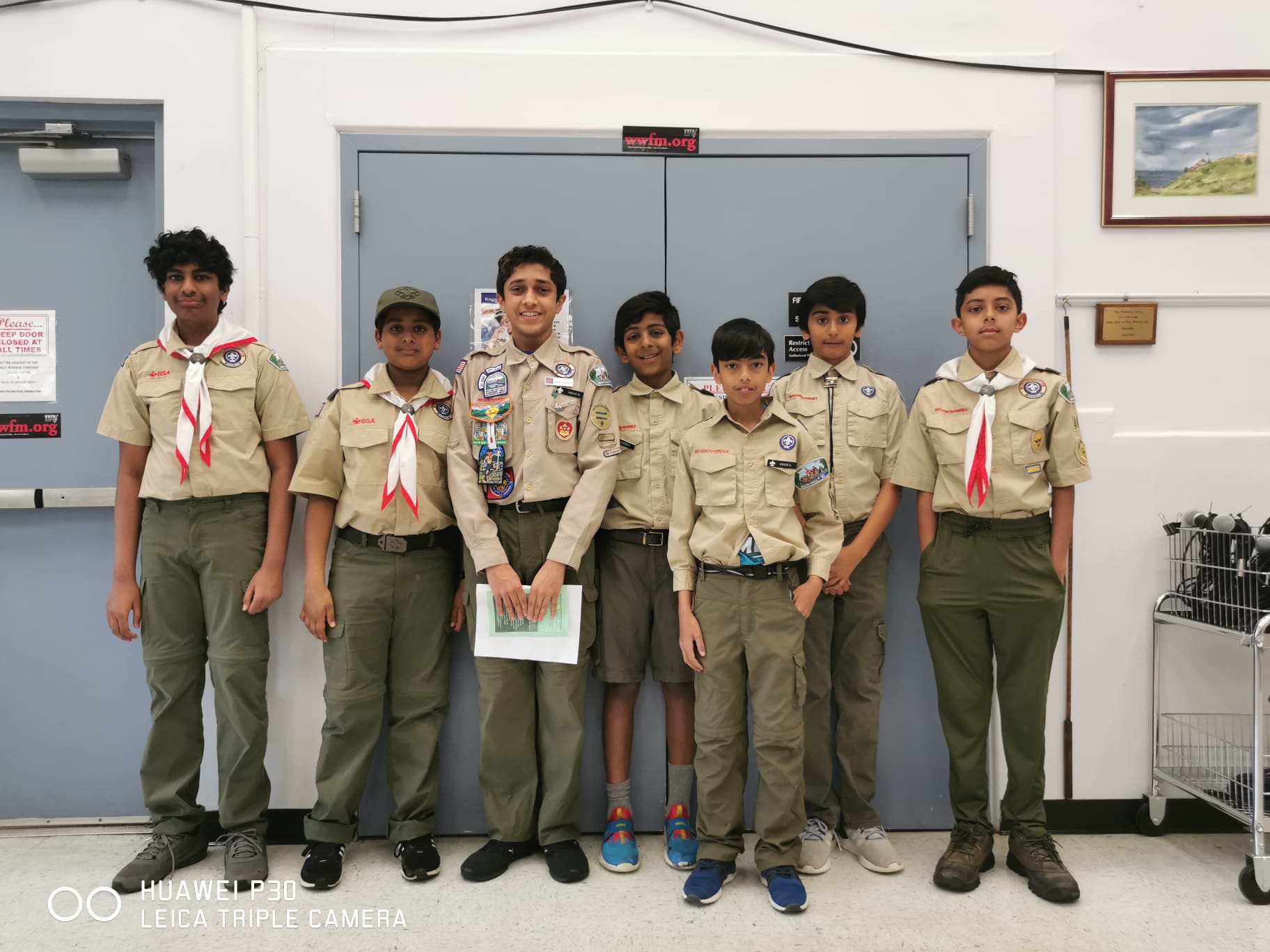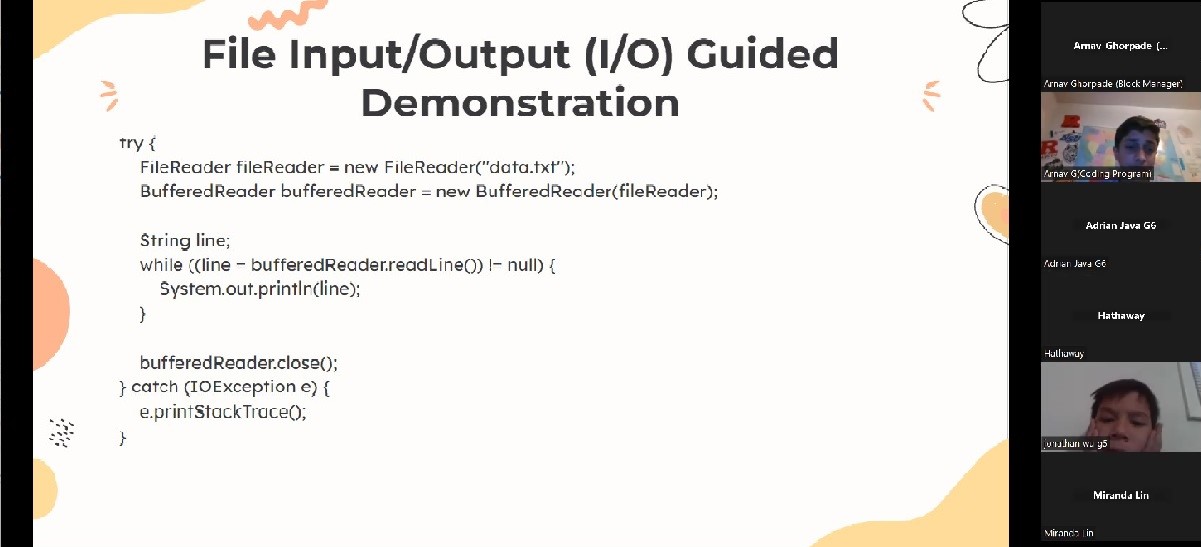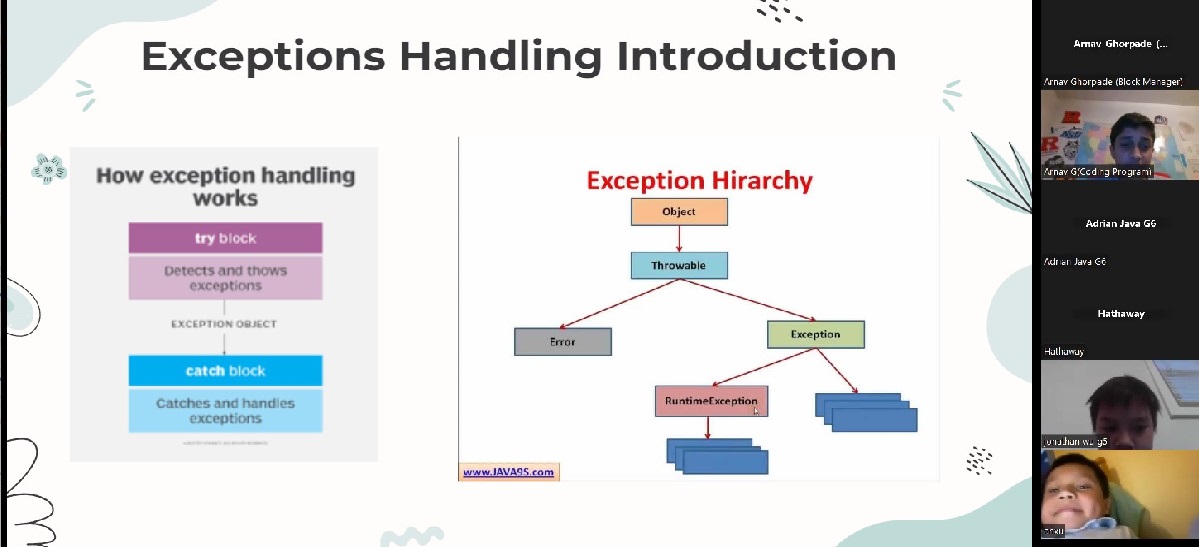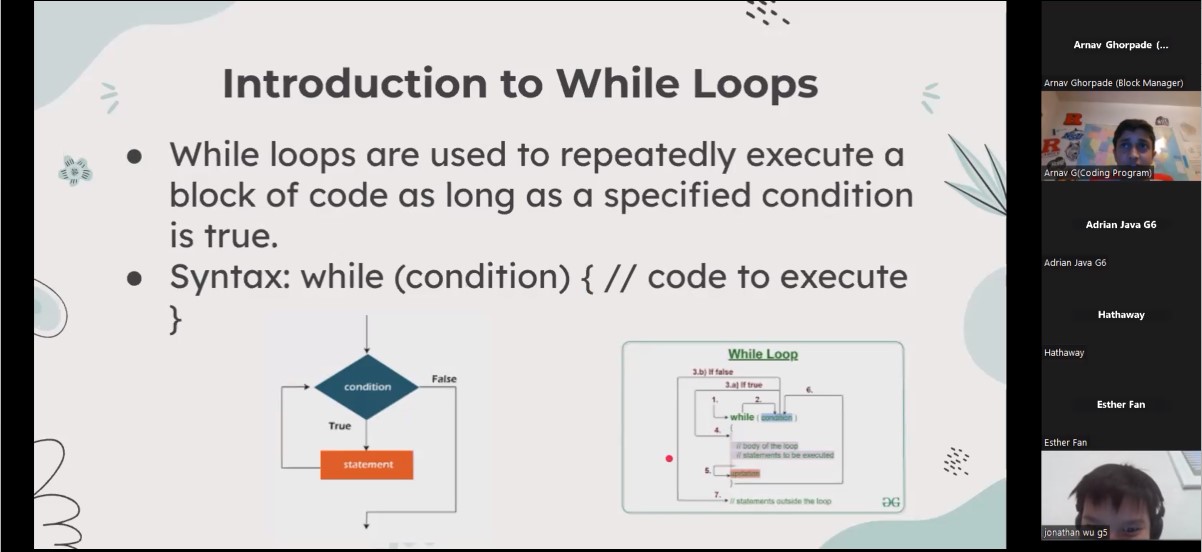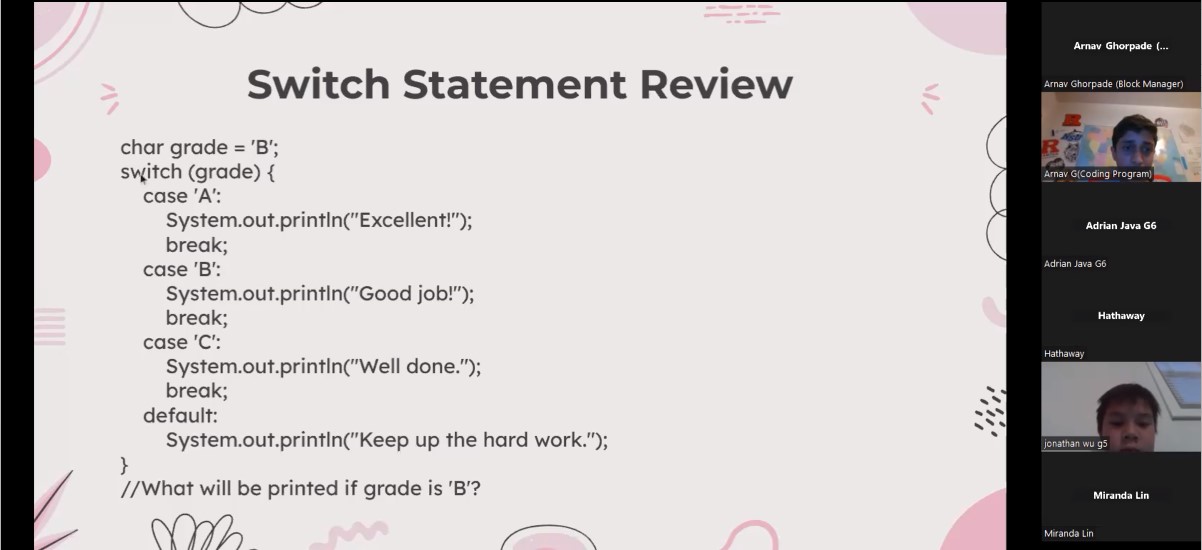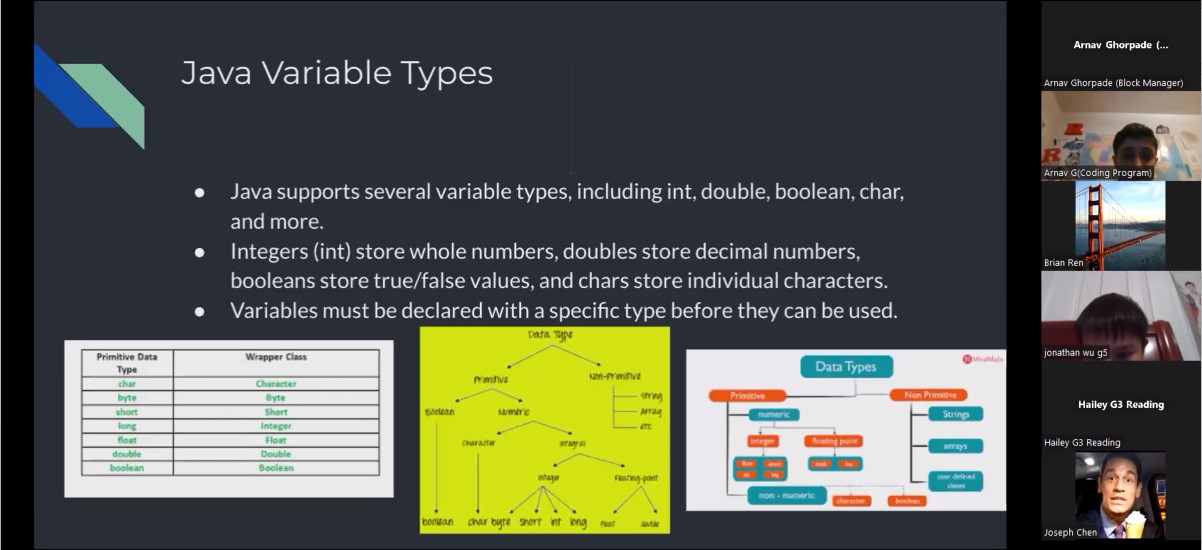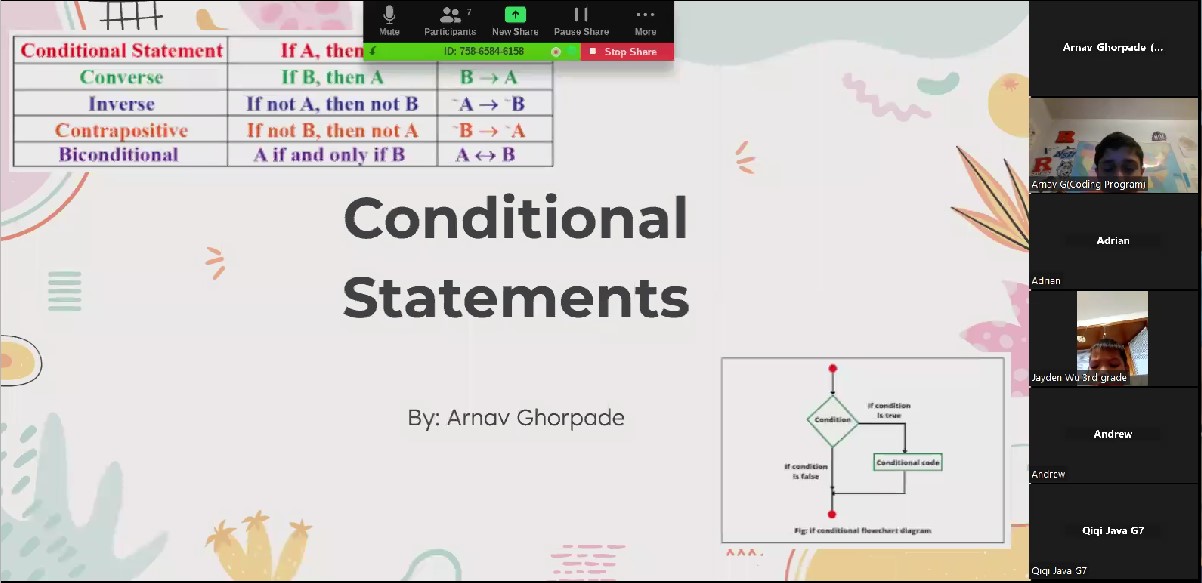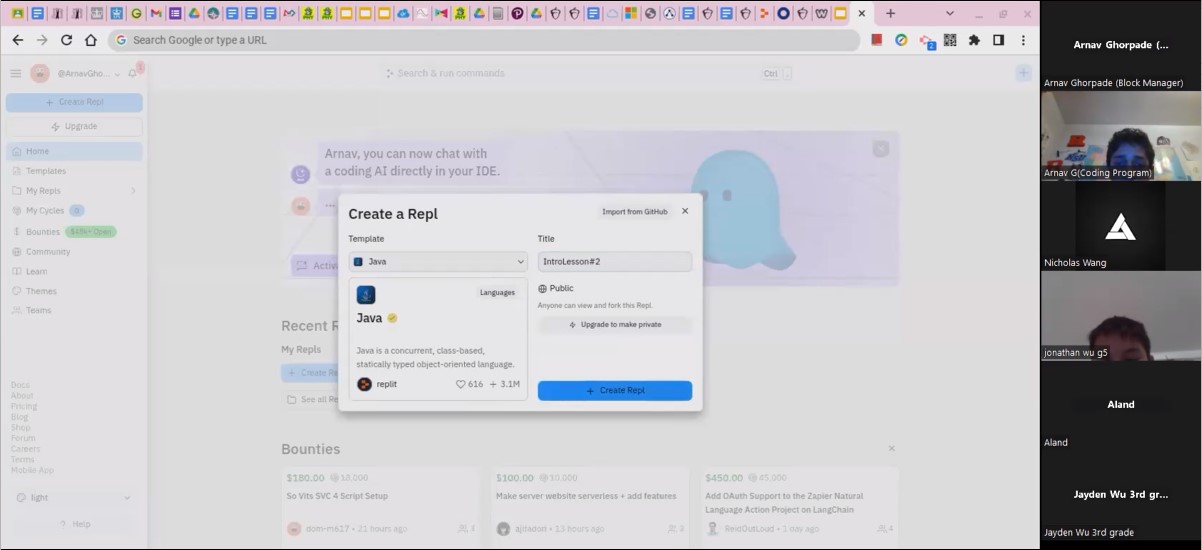Eagle Scout Project
As an accomplished Eagle Scout, I have undertaken a transformative journey of personal growth and community impact through my dedicated participation in the Boy Scouts. With unwavering determination, I achieved the esteemed rank of Eagle Scout and orchestrated a remarkable Eagle Scout project that speaks to my leadership and commitment to making a positive change in the world around me.
For my Eagle Scout project, I embarked on a mission to enhance the local community by leading a diverse group of volunteers, ranging from middle and high school students to seasoned adults. Together, we embarked on a transformative project that involved planting 52 shrubs in a park, not only beautifying the environment but also contributing to its sustainability for generations to come. The coordination of this effort required meticulous planning, effective communication, and adept organizational skills, which were all instrumental in bringing our collective vision to life.
Throughout my journey in the Boy Scouts, I have consistently demonstrated leadership, resilience, and a passion for service. Achieving the Life Rank, I set my sights on attaining the coveted Eagle Scout rank --an accomplishment that stands as a testament to my dedication and perseverance. In addition to this milestone, I have enriched my skills and character by successfully completing the National Youth Leadership Training (NYLT) program, an experience that instilled in me the values of teamwork, adaptability, and effective leadership.
My commitment to embodying the Scout Oath and Law led me to become a member of the prestigious Order of the Arrow, where I not only embraced these principles in my daily life but also actively contributed to the growth of fellow Scouts. Through my role as an Elangomat, I guided others on their journey to earning the Order of the Arrow sash, symbolizing my dedication to helping others reach their fullest potential. I have also lead events in my troop and have held leadership positions for at least 4 years.
Robotics Camps
I've had the privilege of serving as an exceptional leader and captain of our robotics team, demonstrating unwavering dedication and skill in guiding fellow team members through the intricacies of both virtual and in-person learning experiences. Navigating the hybrid virtual and in-person setup, my leadership capabilities came to the forefront. Adapting seamlessly between these modes, I ensured that every team member, regardless of their location, could actively engage and learn. Notably, my dedication was further amplified by a meticulously chosen team of assistants(the people who you see wearing red and standing and the one assistant who was wearing blue shirt since he couldn't find his camp shirt) who collaboratively facilitated these camps. My approachable demeanor encouraged open dialogues and facilitated easy participation, fostering an atmosphere where questions were welcomed and discussions flourished. My impact extended beyond our team's boundaries as I took my passion for robotics and education to new heights. I spearheaded and led Robotics camps, aimed at empowering students from low-income backgrounds across the nation. These transformative camps stood as a testament to my commitment to disseminating knowledge and forging opportunities for budding young minds. Within these camps, I introduced students to the captivating realm of coding circuits. Commencing from foundational concepts, I guided them through utilizing functions to control diverse components, gradually progressing to coding specific elements to achieve targeted outcomes. My teaching approach prioritized hands-on, interactive learning, ensuring that each student seamlessly grasped intricate concepts. Beyond coding, I devoted ample attention to teaching students the tangible art of physically constructing circuits using diverse components. This pragmatic approach bridged the gap between theory and application, empowering students to construct fully operational circuits from scratch.
Arbor Day Event
In my journey as a scout, one of the most gratifying experiences I had the privilege to lead was the Arbor Day event in collaboration with our township. Guided by my passion for environmental conservation and community engagement, I orchestrated a large chunk of the event --from the initial talks and opening ceremony to the coordination of a dedicated group of younger scouts. Partnering closely with the township's esteemed Landscape Architecture team, I facilitated seamless communication and event hosting.
The Arbor Day event held a diverse agenda, encapsulating an inspiring opening, the announcement of competition results, and the presentation of awards to triumphant participants, all culminating in a heartfelt closing ceremony. My role extended beyond logistical coordination; I also had the honor of addressing the audience, sharing insights on the significance of the day and the impact we can collectively create through such initiatives. Moreover, this platform provided an invaluable opportunity to shed light on my prospective Eagle Scout project, further underscoring my dedication to making a lasting positive influence in the community.
This event epitomized my commitment to leadership, collaboration, and environmental advocacy, showcasing my ability to engage with local authorities, navigate event logistics, and inspire fellow scouts. It's moments like these that have enriched my perspective, fostering a deep-seated understanding of the interconnectedness between community involvement and personal growth.
As I reflect on this experience, I am reminded of the transformative power of passionate leadership and collaborative efforts. I am excited to bring this same enthusiasm, commitment, and ability to make a difference to the college community I hope to join.
Coding Program
As the lead coordinator of the Coding program, I've orchestrated a comprehensive and engaging course centered around the Java programming language. Tailored to accommodate learners of all backgrounds, my instruction has guided beginners and advanced students alike through an enriching journey into the realm of Java programming.
In this course, I've led an immersive experience that covers core Java programming concepts. We began by introducing the language's everyday applications, followed by hands-on guidance in setting up the Java development environment to understand its fundamental structure. As students progressed, they created their first Java programs, solidifying their grasp of foundational ideas. We explored variables and data types, distinguishing between int, float, and double while learning variable use. The curriculum included control flow structures, from if-else statements to loops like for and while. Diving further, we navigated object-oriented programming (OOP) basics, clarifying concepts like classes and objects for practical Java program use. I equipped students with method and function insights, empowering them to create and call functions while grasping parameter dynamics. We tackled pivotal constructs like Arrays and ArrayLists, fostering mastery and differentiation between the two. Additionally, we addressed exception handling to bolster software development skills. Towards the course's end, students attained proficiency in file input/output, skillfully managing text files within Java programs. A comprehensive review culminated the syllabus, aiding consolidation before undertaking intricate final projects. These projects synthesized knowledge, with students receiving feedback from peers and me. Through this journey, a balanced blend of theory and application was maintained. Graduates have cultivated a profound understanding of Java programming, coupled with practical application proficiency.
Dodging Obstacles Game
How to Play:
It is better if you can copy my code and execute it in a IDE like Eclipse for smoother and better experience. If you can't play my game using a IDE like Eclipse, then please use a Chrome Browser to be able to play the online version of my game. As you start the game, CLICK on the red block and use the ARROW Keys to navigate the red Block UP, DOWN, LEFT, and RIGHT. The objective of the game is to avoid collisions with the green blocks while the speed of the blocks incoming gets faster and faster with each succession of level. The your block(red one) is placed at the bottom of the screen and can move LEFT, RIGHT, UP, and DOWN to navigate through the obstacles. The oncoming traffic consists of green block, each moving at varying but increasing speeds. The you must skillfully maneuver their block to avoid collisions with these block.
Coding Concepts:
Object-Oriented Programming (OOP): The game utilizes OOP principles extensively. Different classes are defined for the player's vehicle, other vehicles, police cars, and game components. Each class encapsulates its behavior and properties, contributing to a modular and maintainable codebase.
Multithreading: To simulate the movement of vehicles and the player's vehicle, multithreading is employed. Separate threads handle the movement of different entities simultaneously, allowing for a seamless and responsive gaming experience.
Collision Detection: Implementing collision detection is a significant challenge. Complex algorithms are used to detect collisions between the player's vehicle, other vehicles, and police cars. These algorithms involve checking the coordinates and dimensions of different objects to determine if they intersect.
Game Loop: A well-structured game loop is crucial for the smooth running of the game. The game loop controls the timing and updates for each frame, ensuring consistent gameplay across different systems.
Randomization: The game incorporates randomization to determine the positions and speeds of oncoming traffic and police cars. Random numbers are generated using Java's Random class to create dynamic and unpredictable gameplay.
User Input Handling: The player's vehicle is controlled by user input, requiring advanced input handling mechanisms. The game responds to user keystrokes, processing them in real-time to update the position of the player's vehicle.
Level and Speed Progression: As the player successfully avoids collisions, the game's difficulty level increases by incrementally increasing the speed of oncoming traffic and police cars. Implementing this progression involves sophisticated logic to manage the game's difficulty curve.
Graphical Rendering: The game's retro-style graphics are rendered using Java's built-in Graphics and Graphics2D classes. The rendering involves drawing shapes on the screen, requiring careful coordinate calculations and graphical manipulation.
Score Tracking and Display: The game tracks the player's score based on the duration of survival and successful dodging of vehicles. The player's score is displayed on-screen in real-time, requiring synchronization between the gameplay and graphical components.
Exception Handling: Robust exception handling is crucial to ensure the game's stability and graceful error recovery. The code includes mechanisms to catch and handle exceptions that might occur during gameplay.
Maze Solving Game
How to Play:
To play this game, use a Chrome Browser. Due to Replit being Replit, as you start the game, CLICK on the Maze and use the ARROW Keys to navigate the blue Block. Players begin at the starting point of a procedurally generated maze and must navigate through its corridors and passages to reach the exit. The maze features walls, open pathways, and dead ends. The player can move in four directions (up, down, left, and right) to explore the maze, with the objective of finding the shortest path to the exit. The game provides visual cues, such as the player's position, walls, start, and exit points, enhancing navigation and immersion.
Coding Concepts:
Maze Generation Algorithms: The game employs maze generation algorithms such as Recursive Backtracking or Prim's Algorithm to create intricate and solvable mazes. These algorithms involve recursive calls, stack management, and randomization to generate maze layouts dynamically.
Pathfinding Algorithms: To facilitate navigation within the maze, pathfinding algorithms like Depth-First Search (DFS) or Breadth-First Search (BFS) are used to find the optimal route from the starting point to the exit.
Graph Representation: The maze is often represented as a graph data structure. Each cell in the maze corresponds to a node, and the adjacency of cells defines the edges between nodes. This graph representation is crucial for both maze generation and pathfinding.
Recursion and Backtracking: Recursive Backtracking, a maze generation algorithm, involves recursive calls to carve out paths and corridors. Understanding recursion and managing backtracking efficiently are fundamental coding concepts.
Data Structures: Efficient data structures, such as stacks and queues, are used to manage the backtracking process during maze generation and the exploration process during pathfinding.
Graph Traversal: Pathfinding algorithms traverse the maze graph to identify valid paths. These algorithms involve exploring nodes and maintaining data structures to keep track of visited nodes and path progression.
Visualization: Rendering the maze and player movement involves graphical rendering using Java's Graphics or Graphics2D classes. This requires careful coordination of coordinates and graphical elements.
User Input Handling: The player navigates the maze using keyboard input. Handling user input for movement and interaction with the game is a key aspect of the coding.
Animation and Timing: Implementing animation for player movement and transitions between maze states requires managing timing and frame updates within the game loop.
Path Highlighting: Displaying the path found by the pathfinding algorithm involves highlighting cells to guide the player along the optimal route.
Error Handling: Handling potential errors, such as out-of-bounds accesses or null references, contributes to the stability and robustness of the game.
Complex Logic Integration: Integrating various algorithms, data structures, and game mechanics in a cohesive manner requires careful design and coding to ensure the game functions as intended.

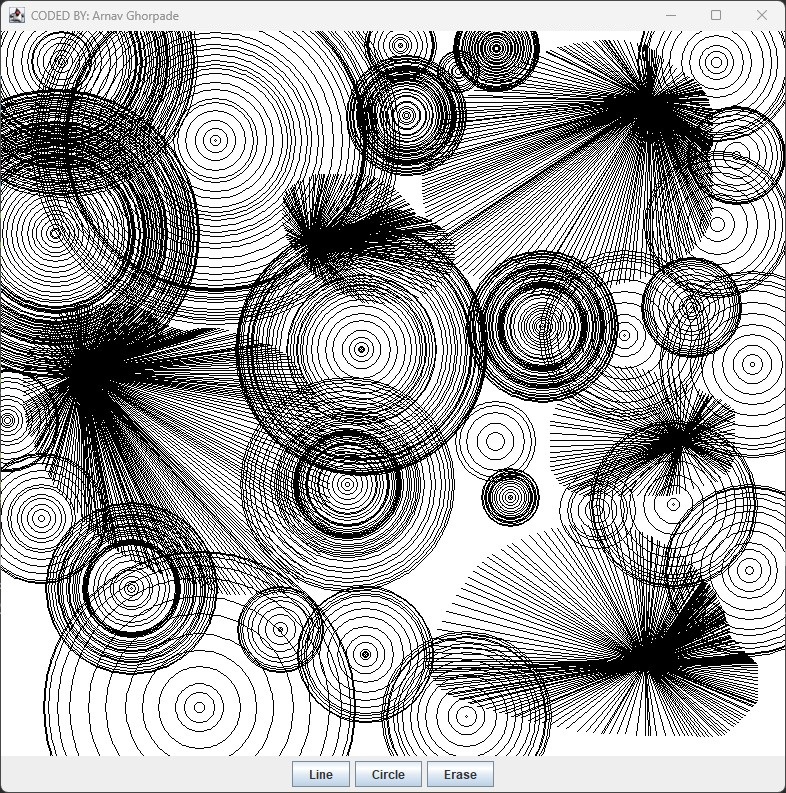
Innovative Artistic Expression
Functionality
I present a groundbreaking interactive application that effortlessly orchestrates mesmerizing visual compositions using a harmonious blend of circles and lines. This creation showcases a sophisticated amalgamation of Java concepts, poised to captivate and inspire. Unfortunately, I can't give you access to explore the program as Replit cannot handle the rendering as it can barely handle the rendering of the previous projects I have made.
This visionary application harmonizes creativity with technical prowess, allowing users to effortlessly draw an array of dynamic patterns composed of circles and lines. The intuitive interface enables users to seamlessly switch between drawing modes: lines, circles, and erasing, each accomplished with a simple button click.
Coding Concepts:
Graphical User Interface (GUI): The program employs Swing, a powerful Java GUI library, to construct a user-friendly interface. The application's smooth operation and responsive controls enhance the user experience.
Event Handling and Listener Implementation: The integration of action listeners for buttons and mouse events elegantly drives the application's functionalities. With precision, users can draw, erase, and toggle between modes.
Dynamic Drawing Algorithms: The program dynamically calculates coordinates and radii to draw circles and lines. This computational elegance allows users to create intricate designs effortlessly.
Exception Handling: While seemingly effortless, the application contains meticulous exception handling to ensure that it remains stable and user-friendly, even when unexpected interactions occur.
Custom Graphics Rendering: Leveraging the Graphics class, this masterpiece takes form, enabling the manipulation of shapes and sizes with a simple script. This demonstrates an intimate understanding of graphics manipulation in Java.
Innovative Erasing Functionality: The application's erasing mode seamlessly blends into the canvas, creating a sophisticated illusion of erasing strokes with a fluid and responsive feel.
IF YOU want a personal demo of the project, email me at arnavghorpade23@gmail.com tell me who you are, ask me the number of examples you want, and let me know if you have any questions.
Heap Visualization and Manipulation Simulator
Functionality
The Heap Visualization and Manipulation Simulator is an interactive Java program that provides users with a visual representation of a heap data structure. This simulator allows users to observe the creation, insertion, and removal of elements within the heap, all while visualizing the heap's dynamic structure.
The simulator features several key functions that allow users to interact with the heap:
Initial Heap Creation: The simulator initializes a heap with a predefined set of numbers, visually displaying the heap structure.
Insertion Operation: Users can add a new number to the heap, triggering the necessary swapping of elements to maintain the max-heap property.
Removal Operation: Users can remove the root of the heap, which is then replaced with the last element in the heap. The heap property is restored through the appropriate element swaps.
Coding Concepts:
Heap Data Structure: The core of the simulator involves implementing a heap data structure. This data structure requires managing the order of elements based on their values.
Data Structure Implementation: Designing and implementing the heap data structure involves managing the heap property, handling element swaps, and ensuring efficient insertions and removals.
Heap Algorithms: To maintain the heap property during insertions and removals, you need to implement heap algorithms like "heapify" or "bubble-up" and "bubble-down."
Element Swapping: As part of heap manipulation, elements need to be swapped based on their values to ensure the heap property is satisfied
User Interaction: Handling user input for insertion and removal requires capturing user actions, processing data, and triggering appropriate heap operations.
Error Handling: Robust error handling is essential to manage scenarios such as attempting to remove from an empty heap or handling invalid user inputs.
Memory Management: Efficient memory usage and resource management contribute to the simulator's performance and stability.
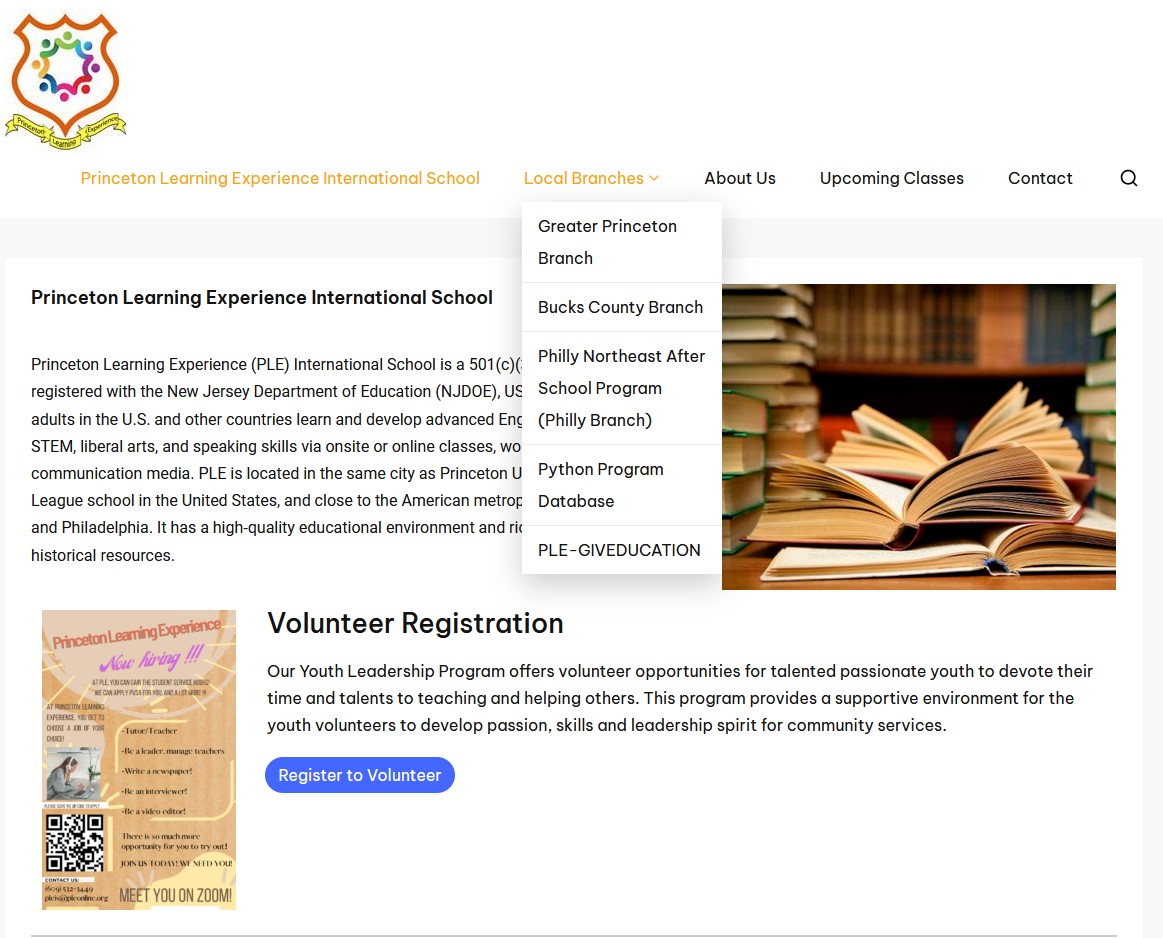
Non-profit Organization Website
Embarking on the journey of revamping the non-profit international school's website was a fulfilling experience that allowed me to contribute my skills and creativity towards a meaningful cause. My involvement in the project spanned various critical phases, each presenting its own set of challenges and triumphs. The initial spark to create this website was ignited during a brainstorming session where the need for a fresh format emerged. Drawing from this discussion, I eagerly dived into the technical aspects of implementation, seeking to bring the proposed format to life. This phase required a blend of creativity and problem-solving, as I navigated the intricacies of web development to figure out how to seamlessly integrate the new layout. As a pivotal part of this journey, I dedicated considerable time to mastering the art of creating and modifying webpages. This deep dive into the world of web design was an enlightening experience, as I grasped the nuances of how these elements contribute to the overall user experience. Armed with this newfound knowledge, I embarked on crafting a sample format that would later become the cornerstone of our website's redesign. A significant portion of my involvement was dedicated to reformatting profiles. This meticulous task required me to ensure that each profile seamlessly fit within the new layout, all while maintaining consistency and attention to detail. The process was not without its challenges, but the end result --a collection of polished and harmonious profiles-- was well worth the effort. Beyond profile reformatting, I embraced the opportunity to play a role in changing the homepage program format and overall website redesign. This stage allowed me to flex my creative muscles and contribute to the visual and functional transformation of our platform. The redesigned homepage now serves as an inviting gateway, effectively representing our organization's spirit and goals.
FlashCard Program
Functionality
This Java program implements a flashcard system, offering users the ability to study, add, and manage flashcards interactively through dialog boxes. The program presents users with a menu, allowing them to choose between different actions: studying flashcards, adding new flashcards, or exiting the program. Upon selecting the "Study flashcards" option, the program displays a series of questions in dialog boxes, prompting the user to input their answers. The program then evaluates the answers and provides immediate feedback on their correctness. Additionally, users have the option to remove flashcards they feel confident about memorizing, reinforcing their study process.
The flashcard system program offers users the ability to study and manage flashcards through interactive dialog boxes. It encompasses the following key functions:
Study Flashcards: Users can study a set of predefined flashcards by answering questions presented in dialog boxes. The program evaluates the answers and provides instant feedback on their correctness, enhancing the user's learning experience.
Add Flashcards: Users can expand their flashcard collection by adding new flashcards. Through dialog boxes, users input questions and answers, which are then incorporated into the flashcard set for future study.
Remove Flashcards: After studying a flashcard and feeling confident about memorization, users can opt to remove it from the flashcard set. The program prompts users to confirm their choice through dialog boxes. Upon confirmation, the flashcard is removed from the set, allowing users to focus on remaining flashcards.
Coding Concepts:
Dialog Boxes: The program uses JOptionPane to display dialog boxes for menu options, questions, answers, feedback, and removal confirmation. This interaction enhances user engagement and interactivity.
Arrays: The program manages flashcards using arrays to store both the questions and answers. It incorporates concepts related to array manipulation, such as adding and removing elements.
Looping: The program employs loops to repeatedly present flashcards for study and to iterate through the array of flashcards. It also uses loops to provide additional prompts for flashcard removal and menu options.
Conditional Statements: The program uses if-else statements to check various conditions
.jpg)
.jpg)
.jpg)
.jpg)
.jpg)
.jpg)
.jpg)
.jpg)
.jpg)
.jpg)
.jpg)
.jpg)
.jpg)
.jpg)
.jpg)
.jpg)
.jpg)
.jpg)

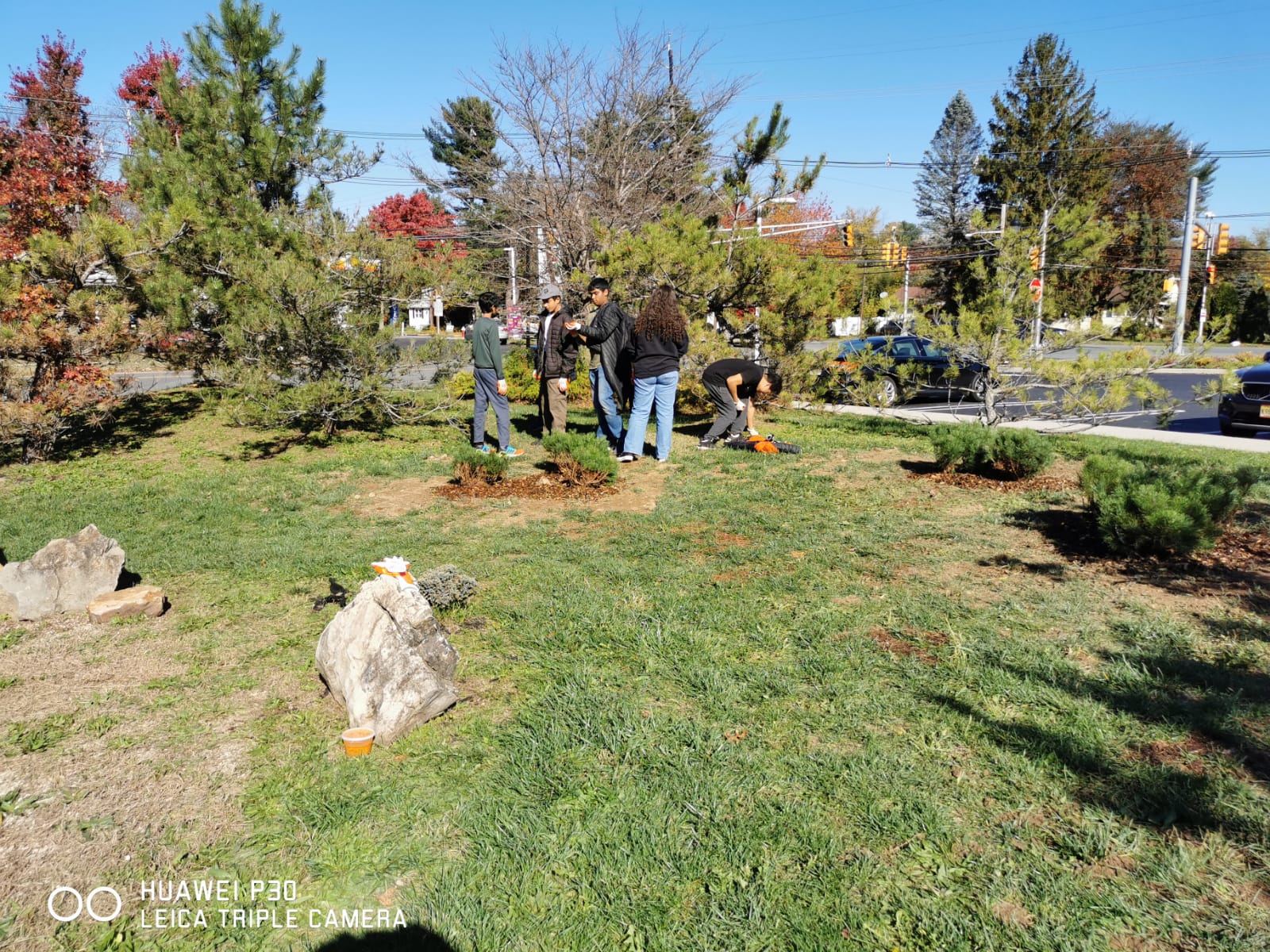



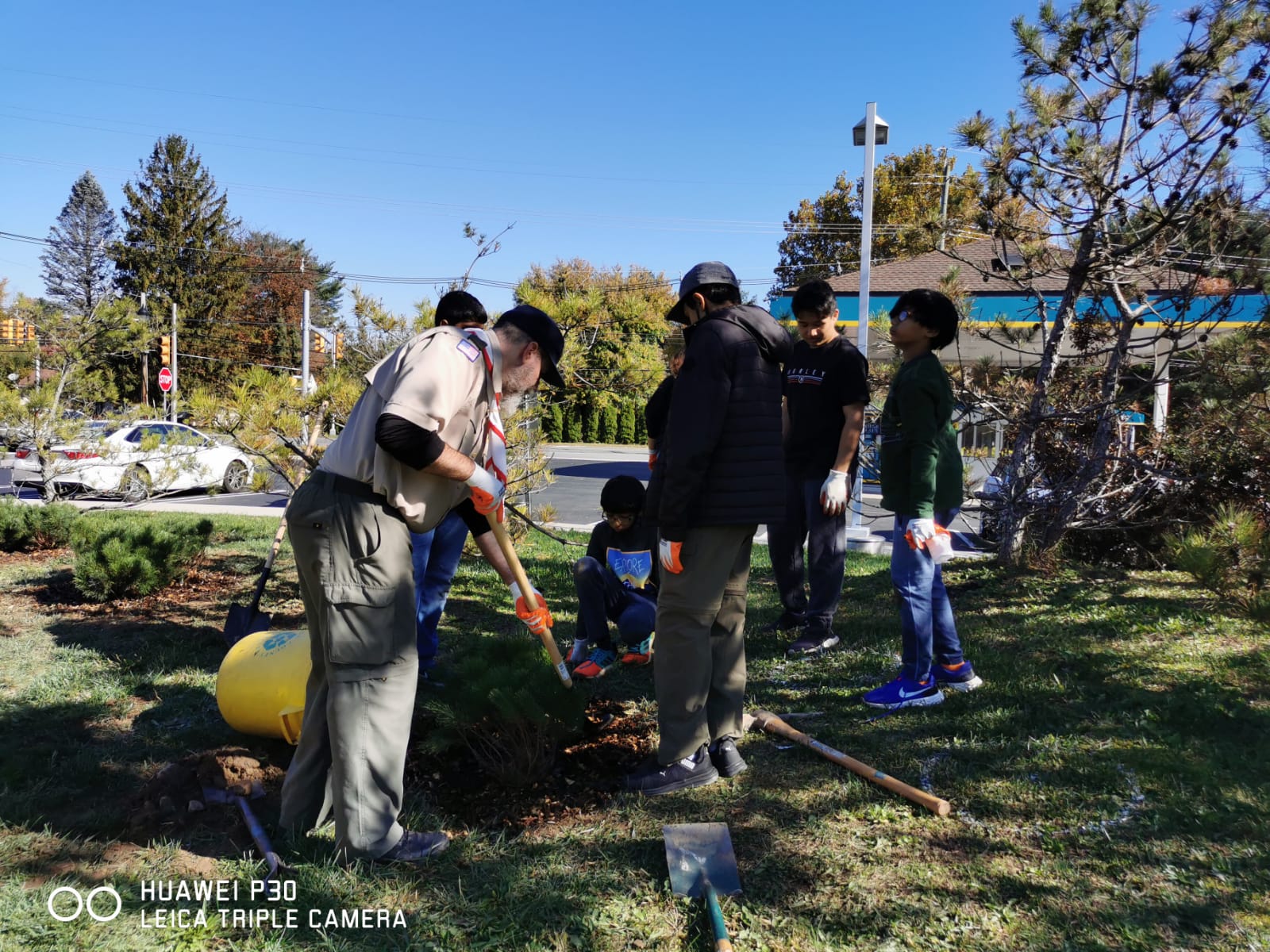


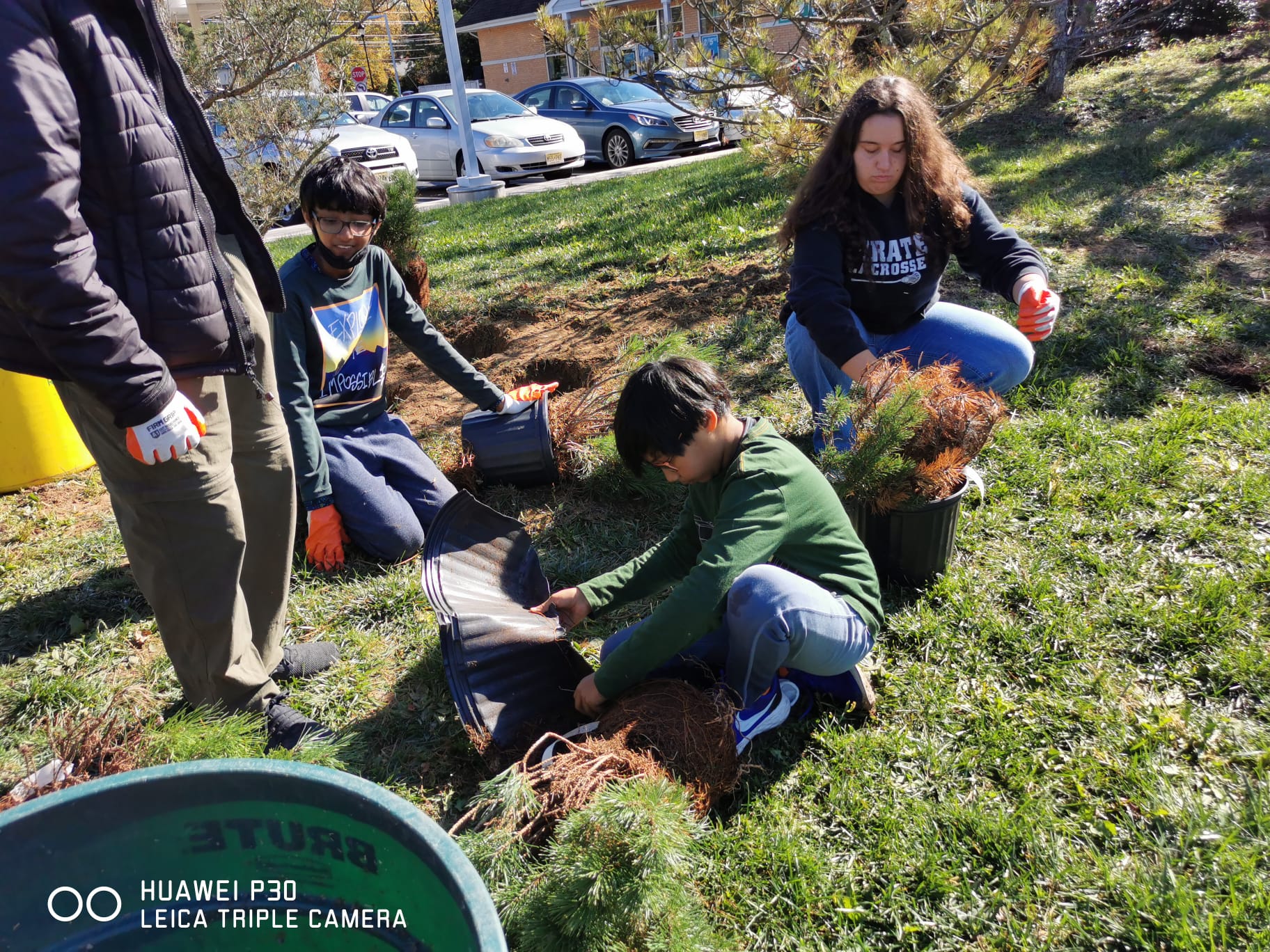
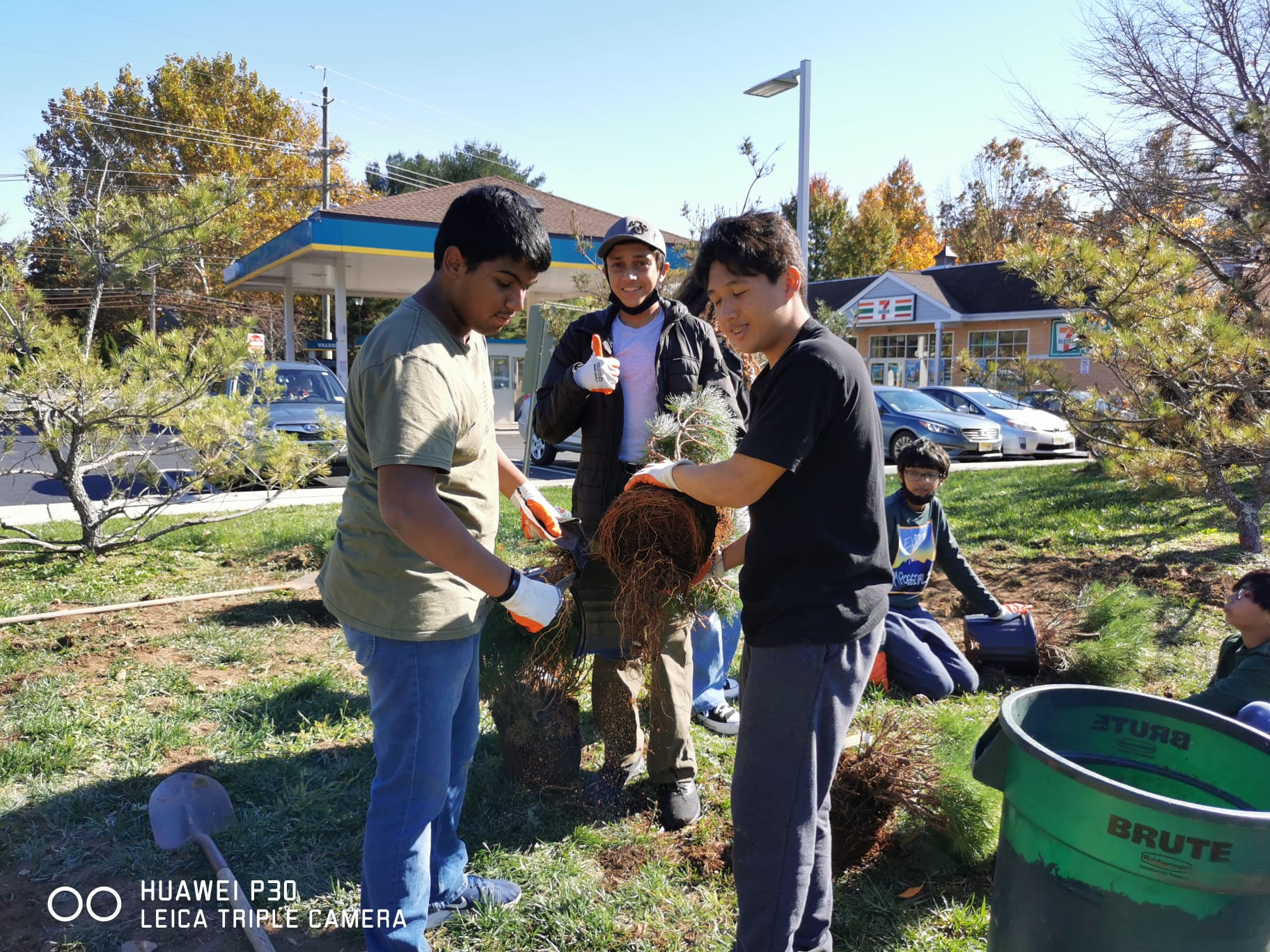

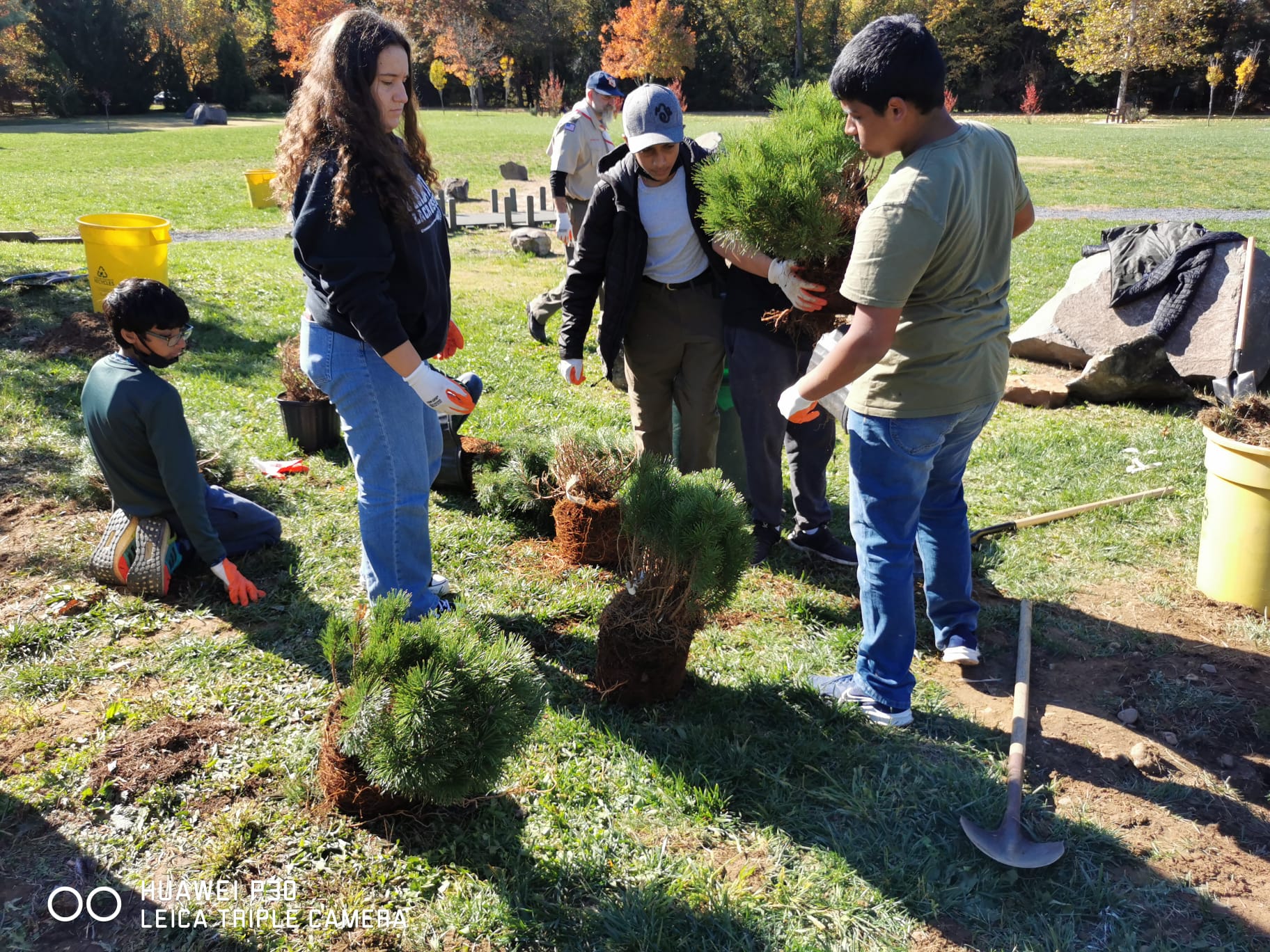

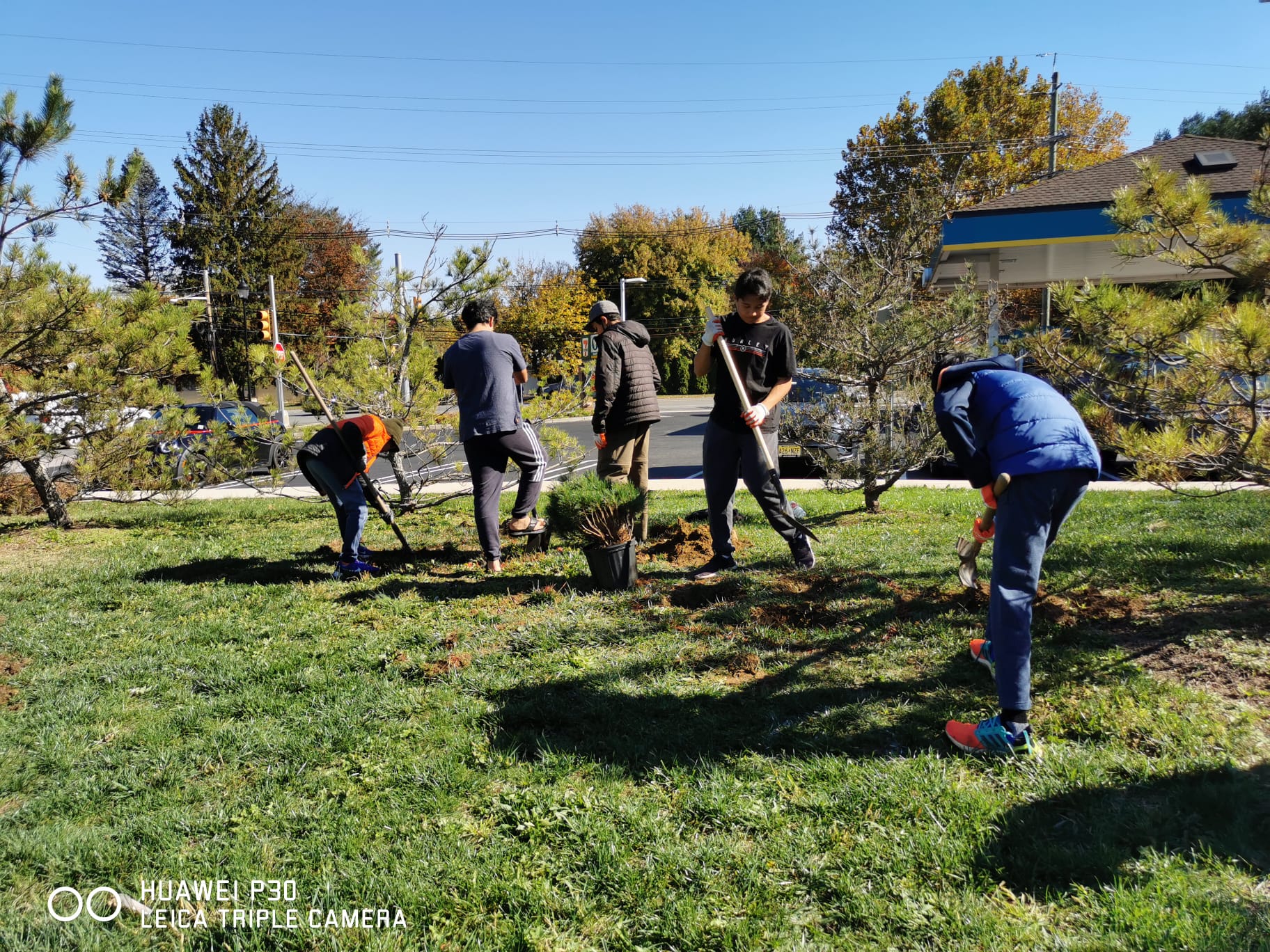
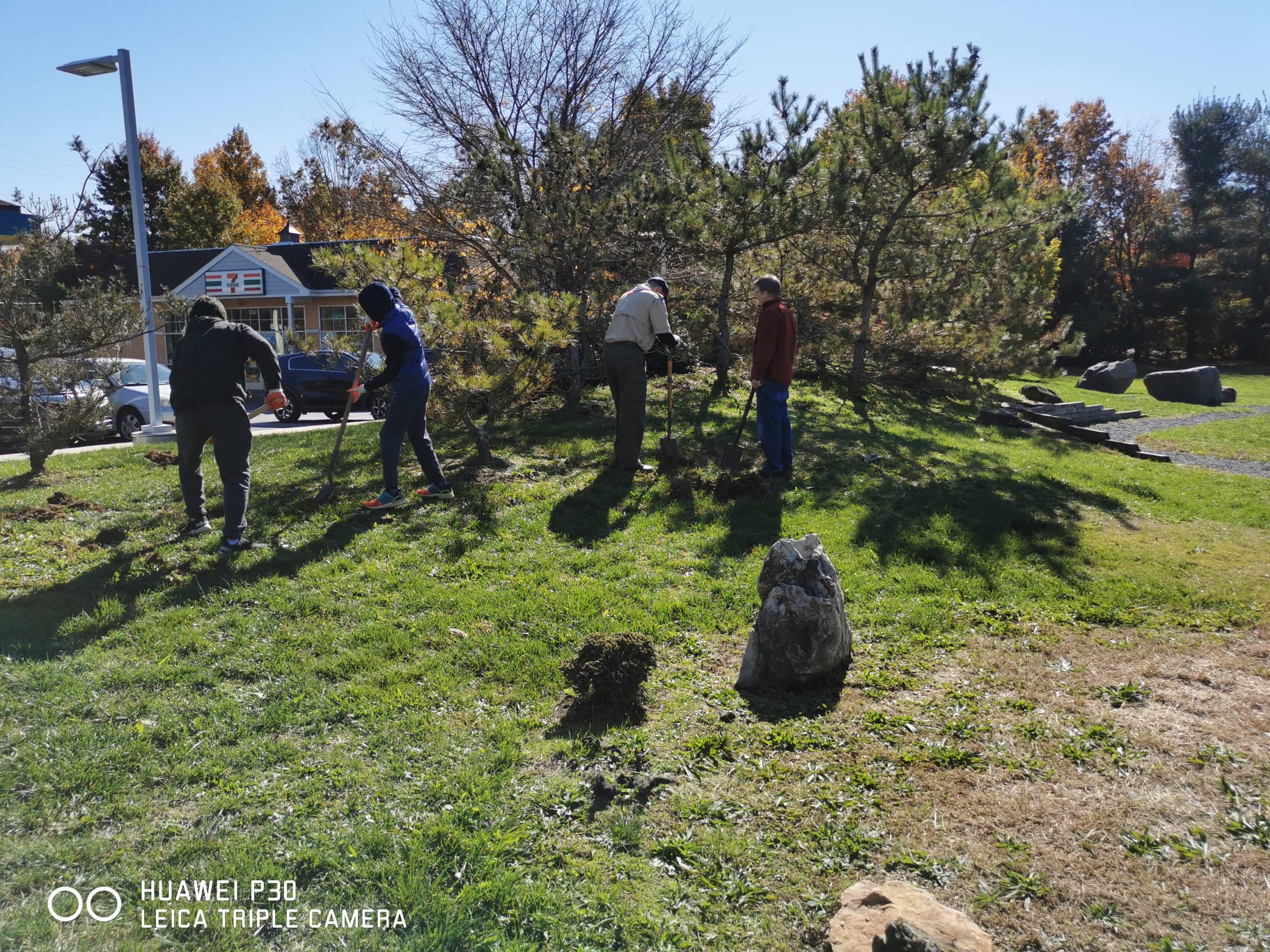
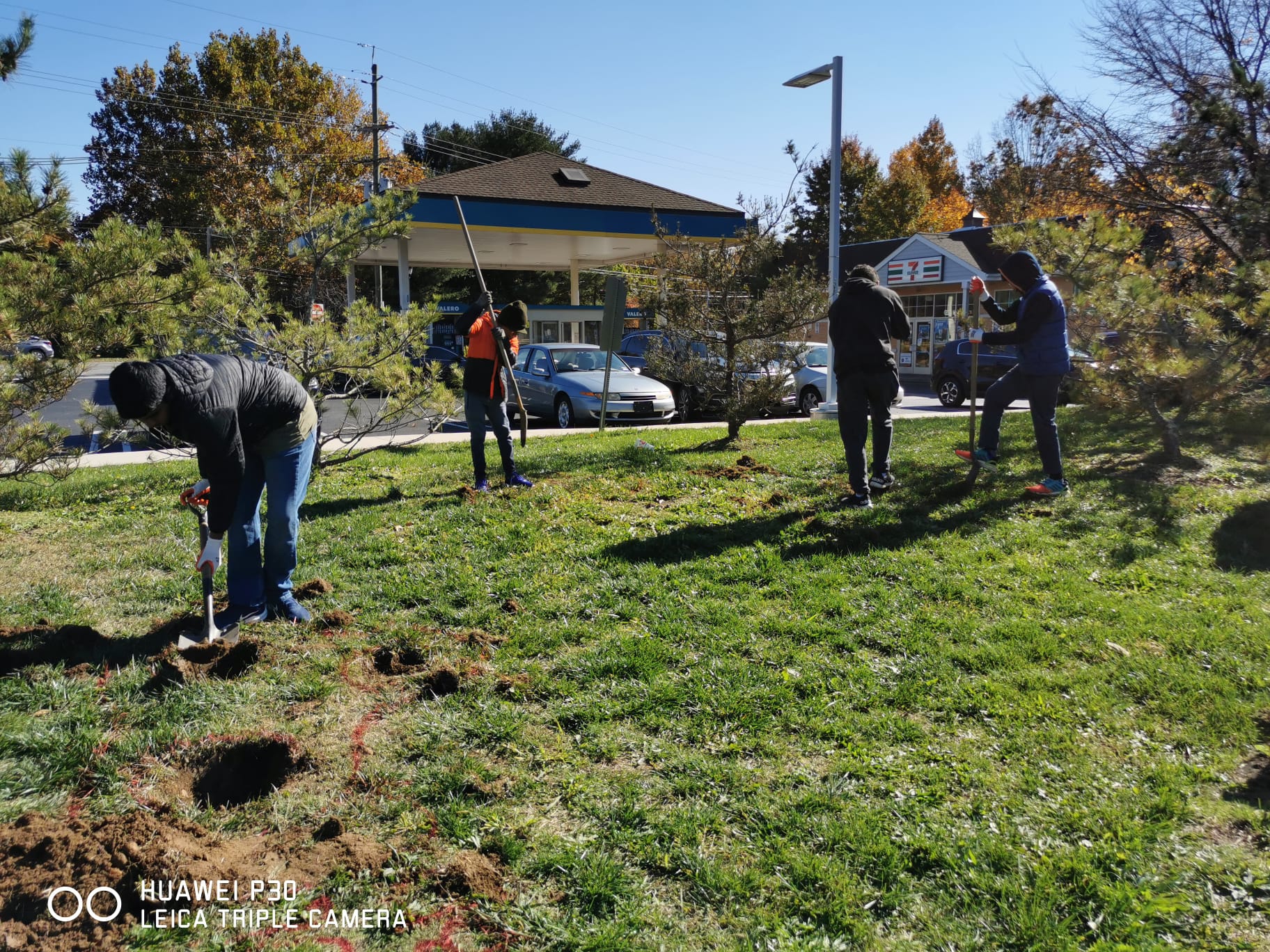
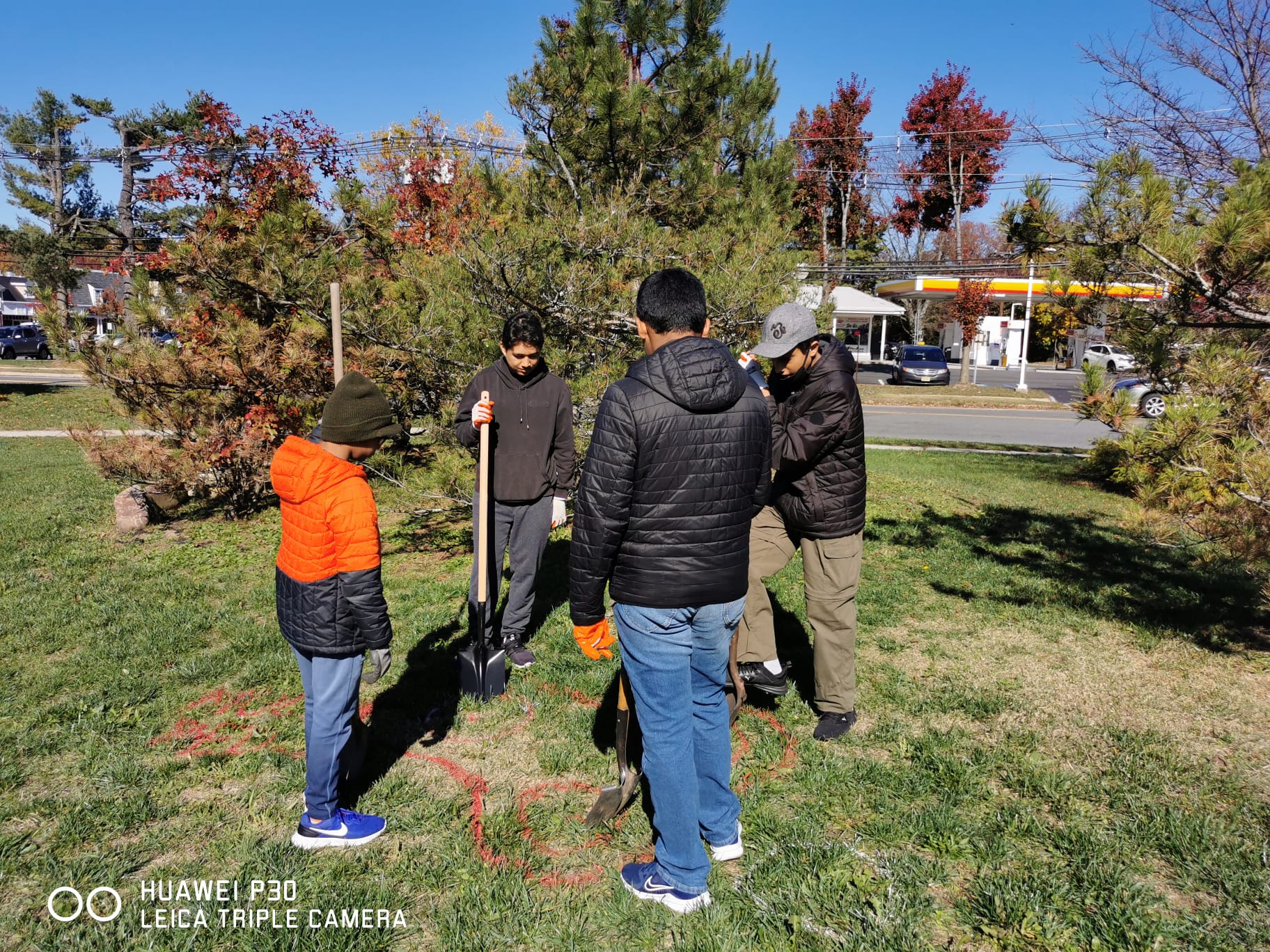
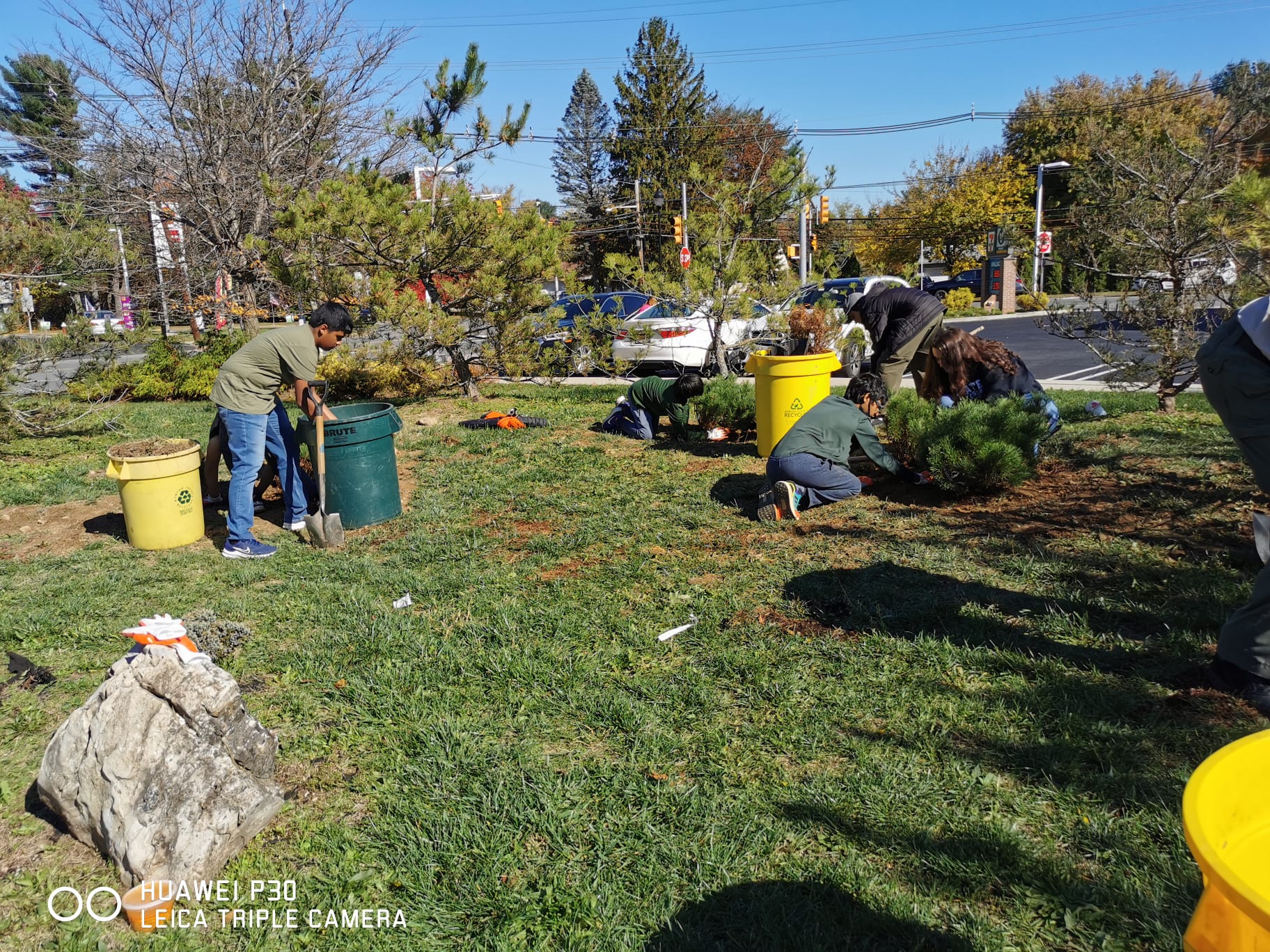
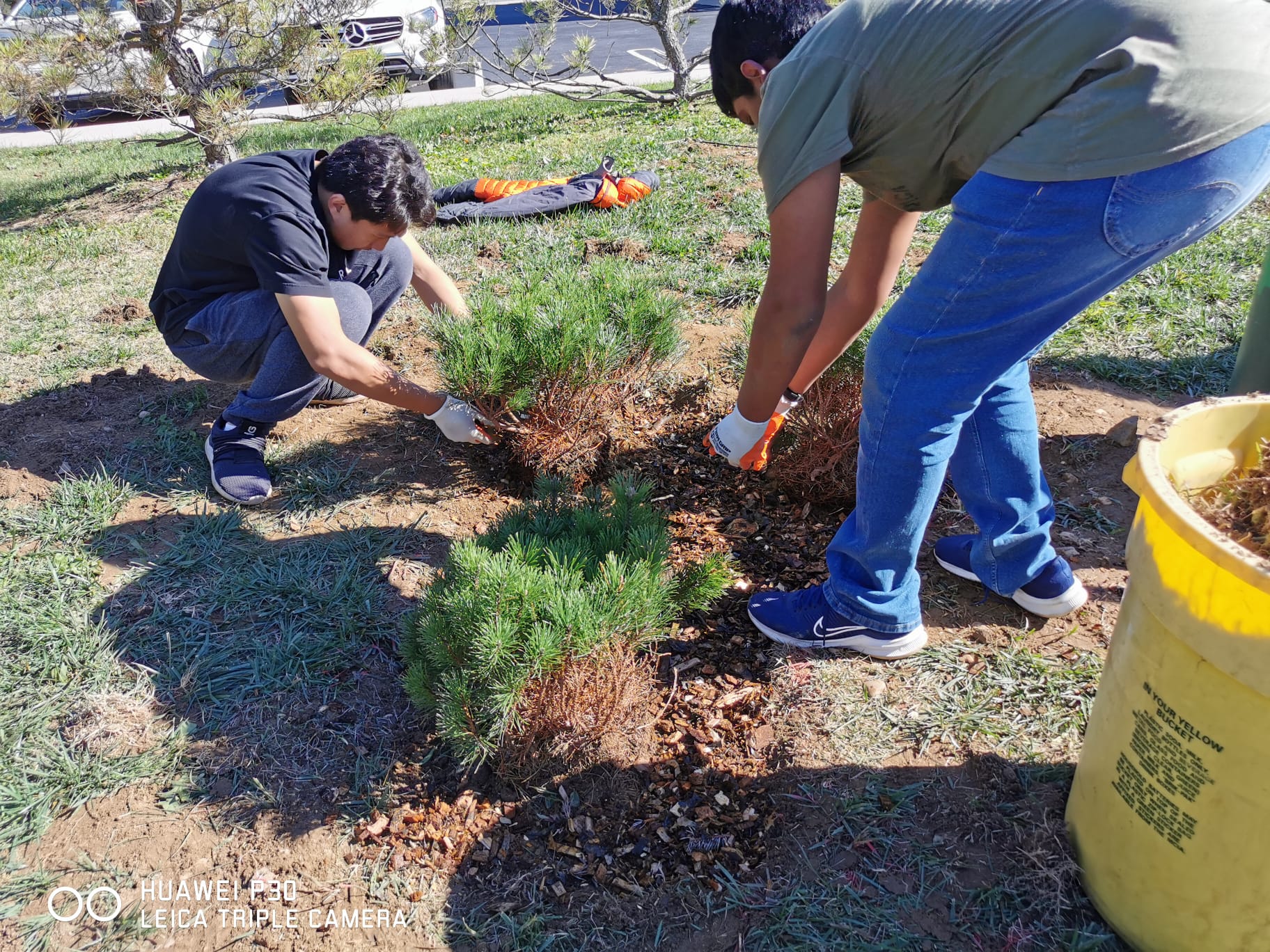
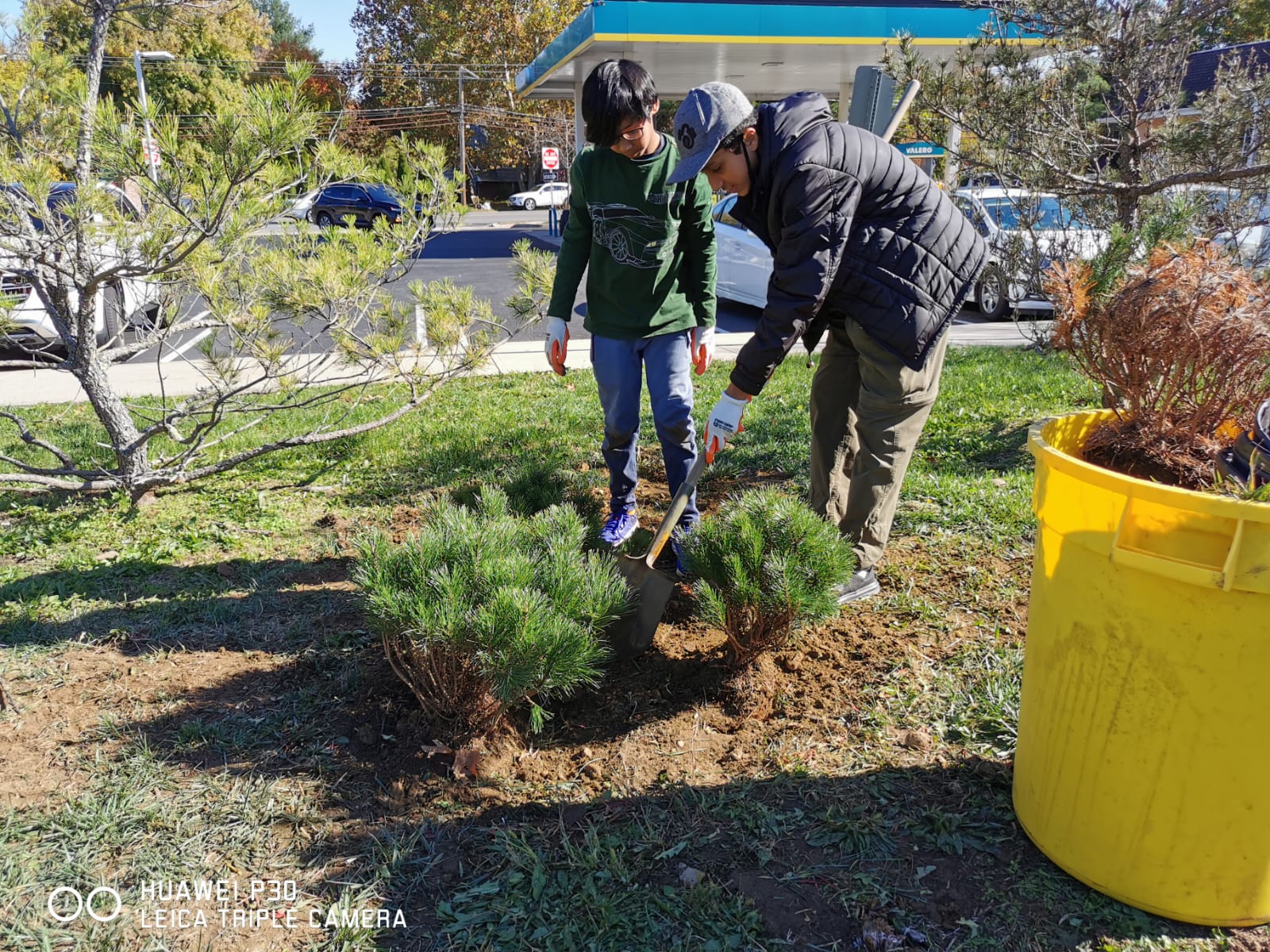
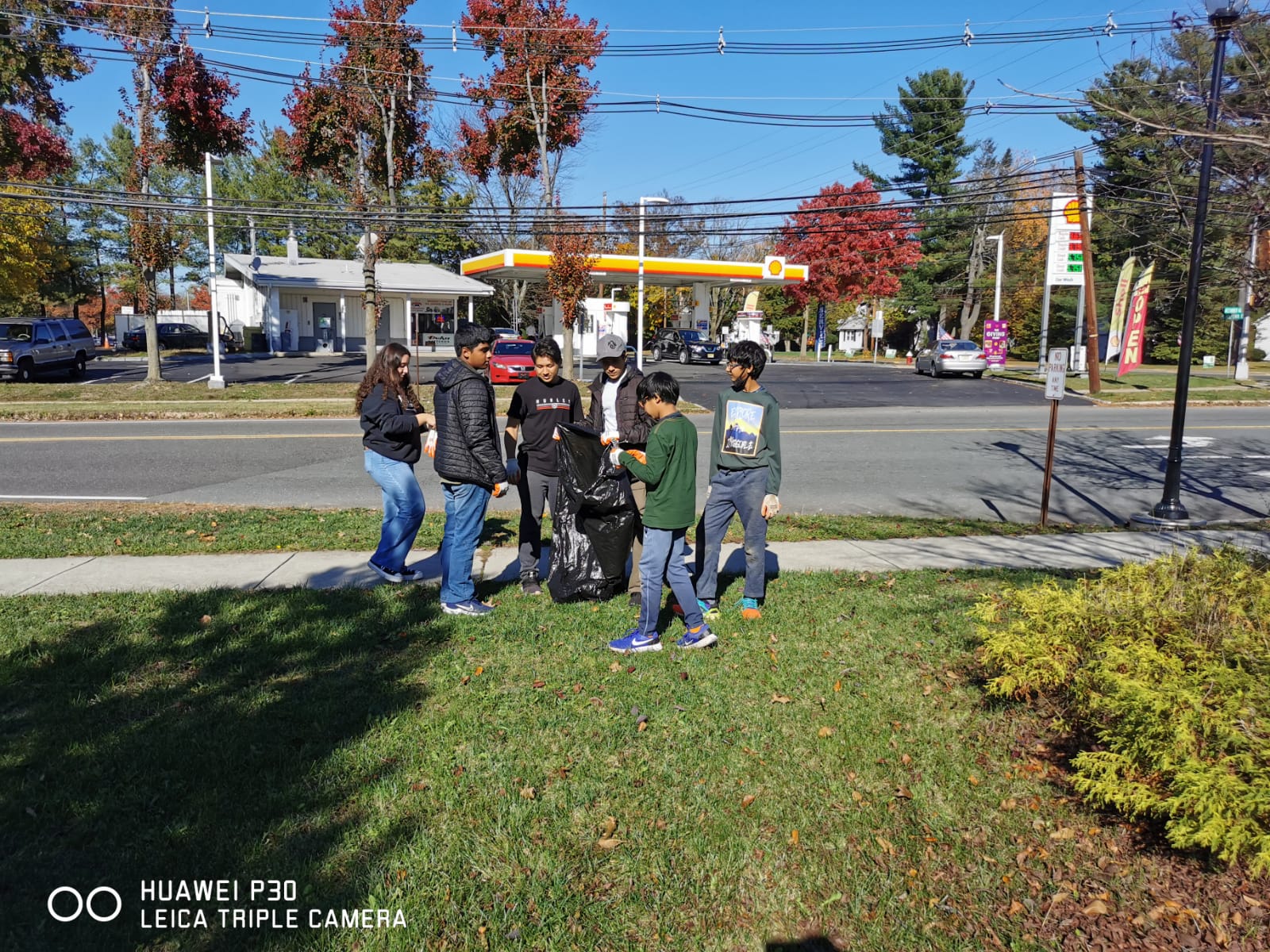

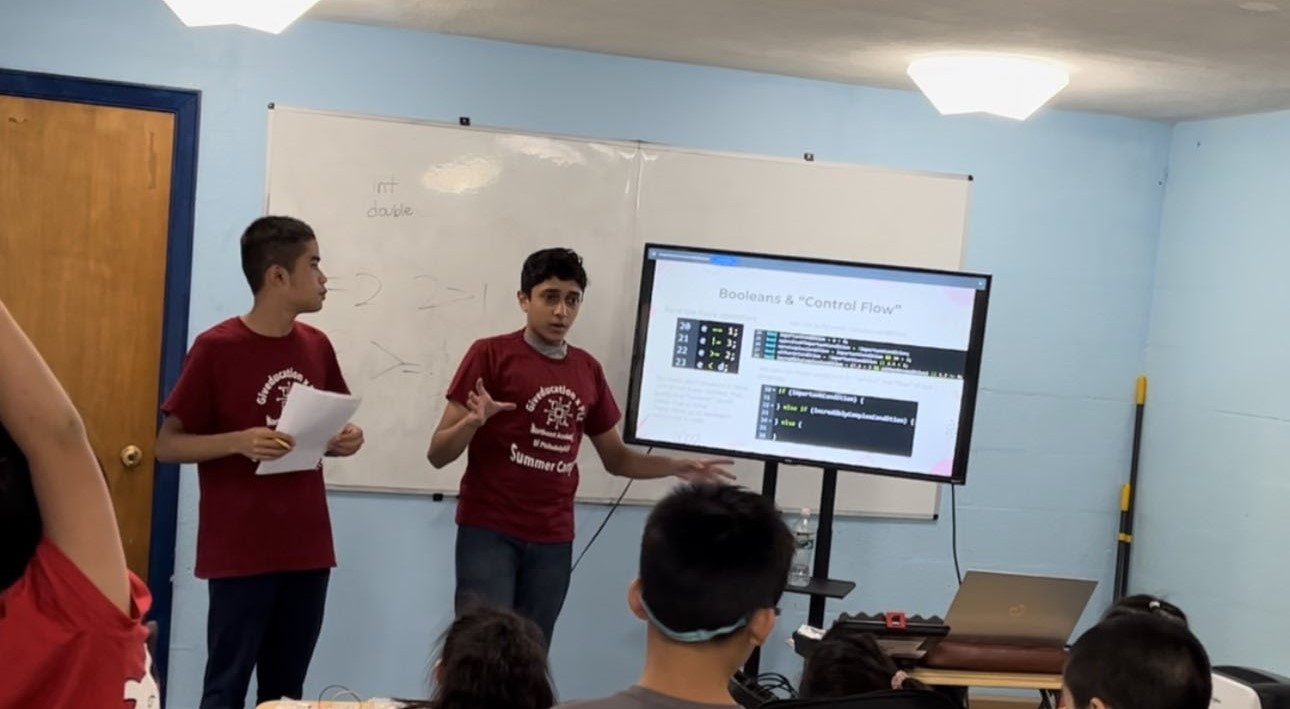

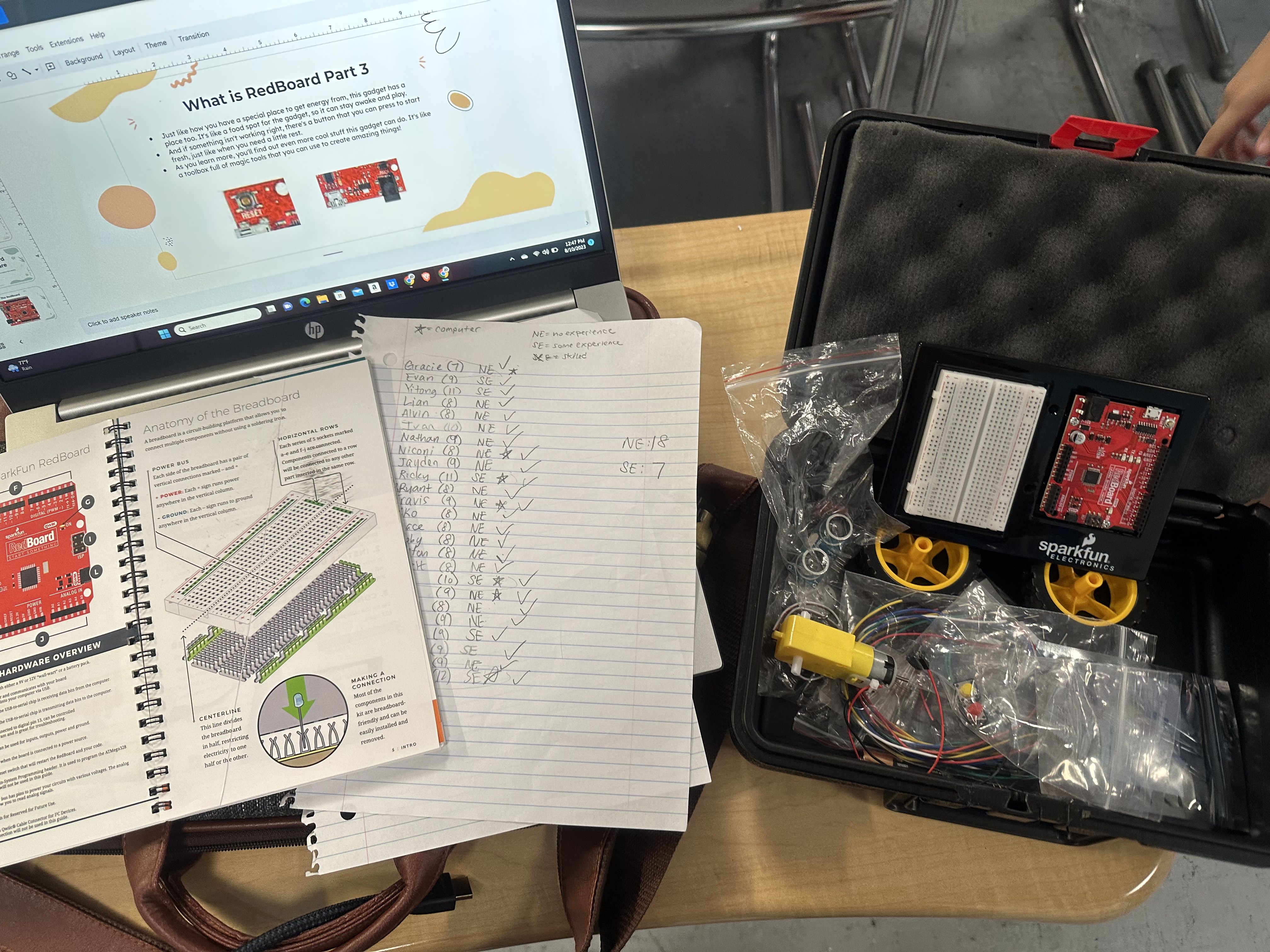

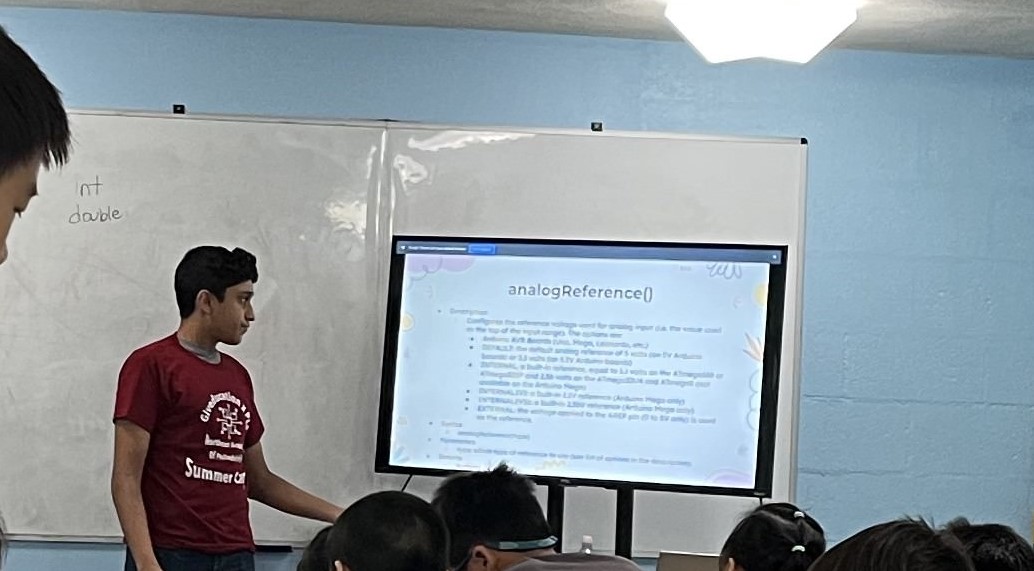
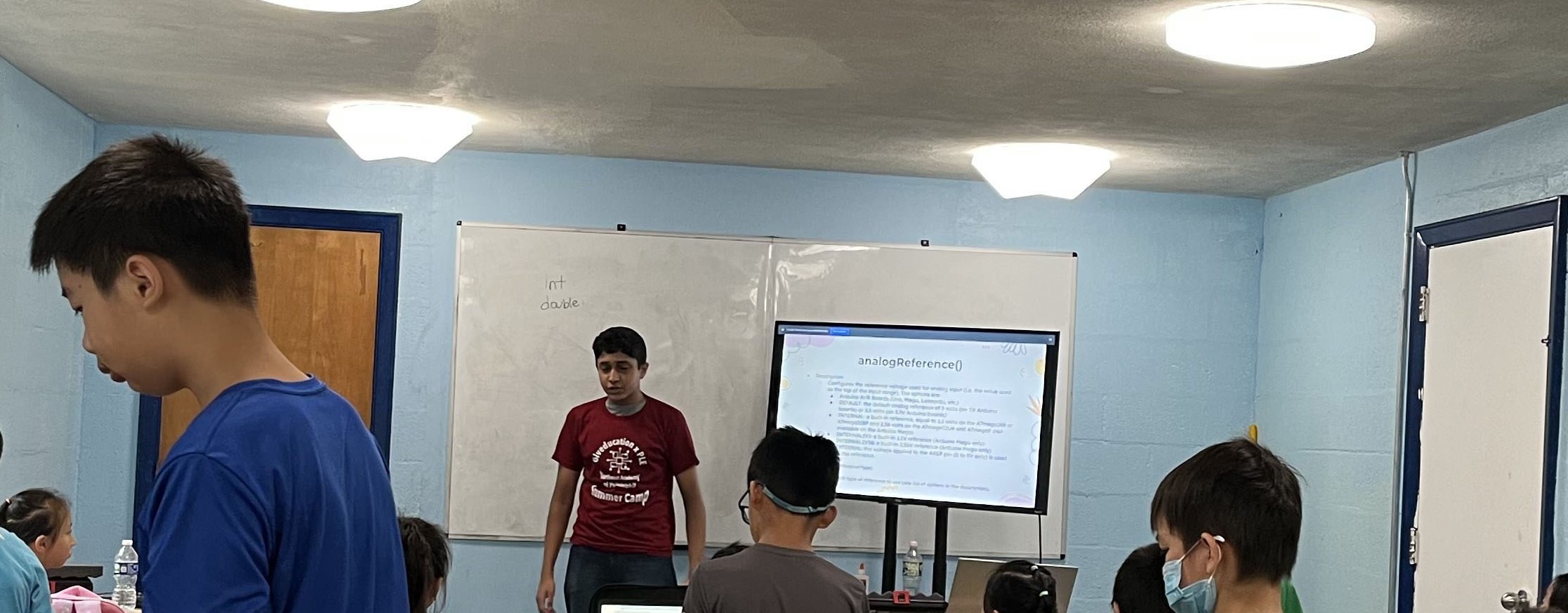
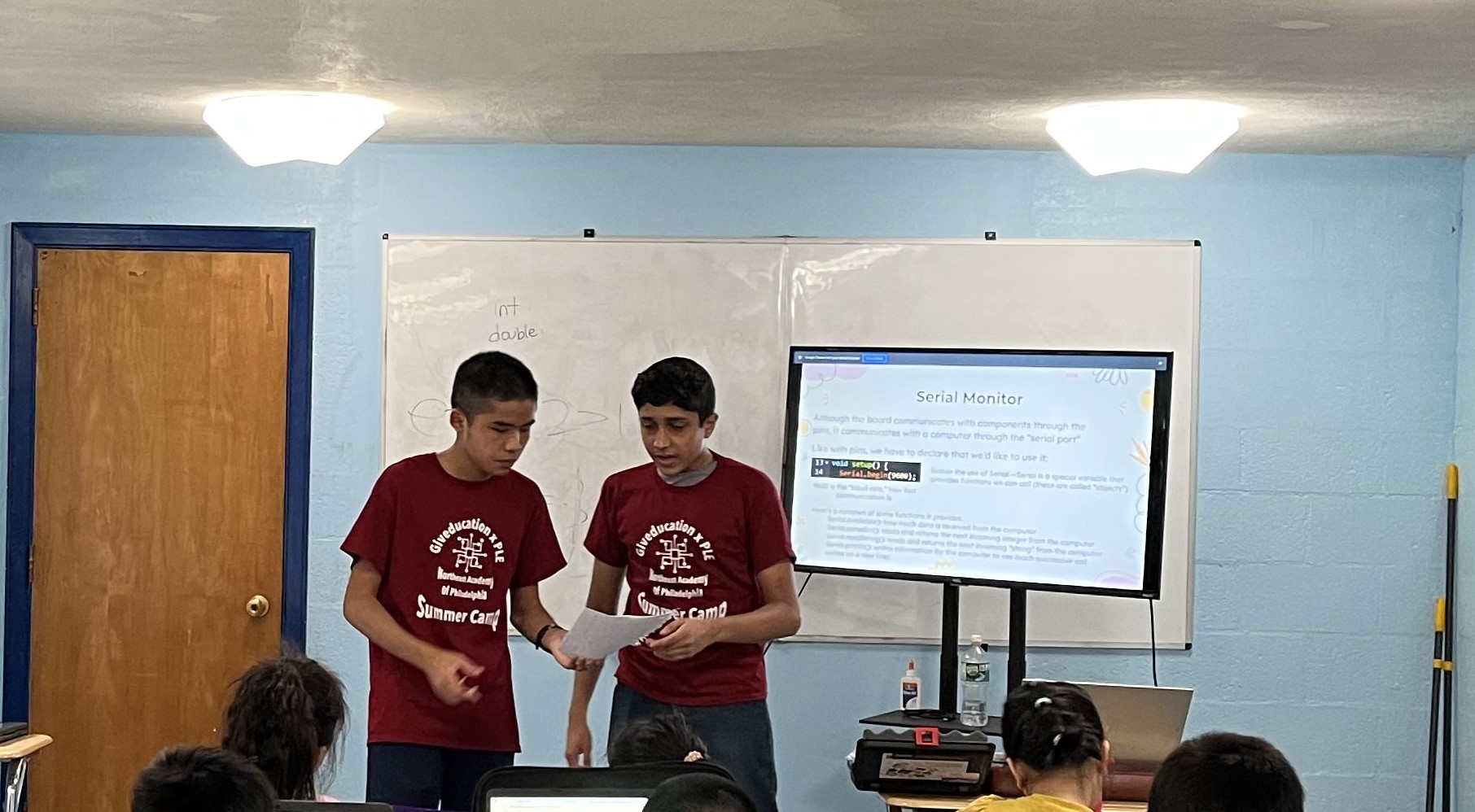
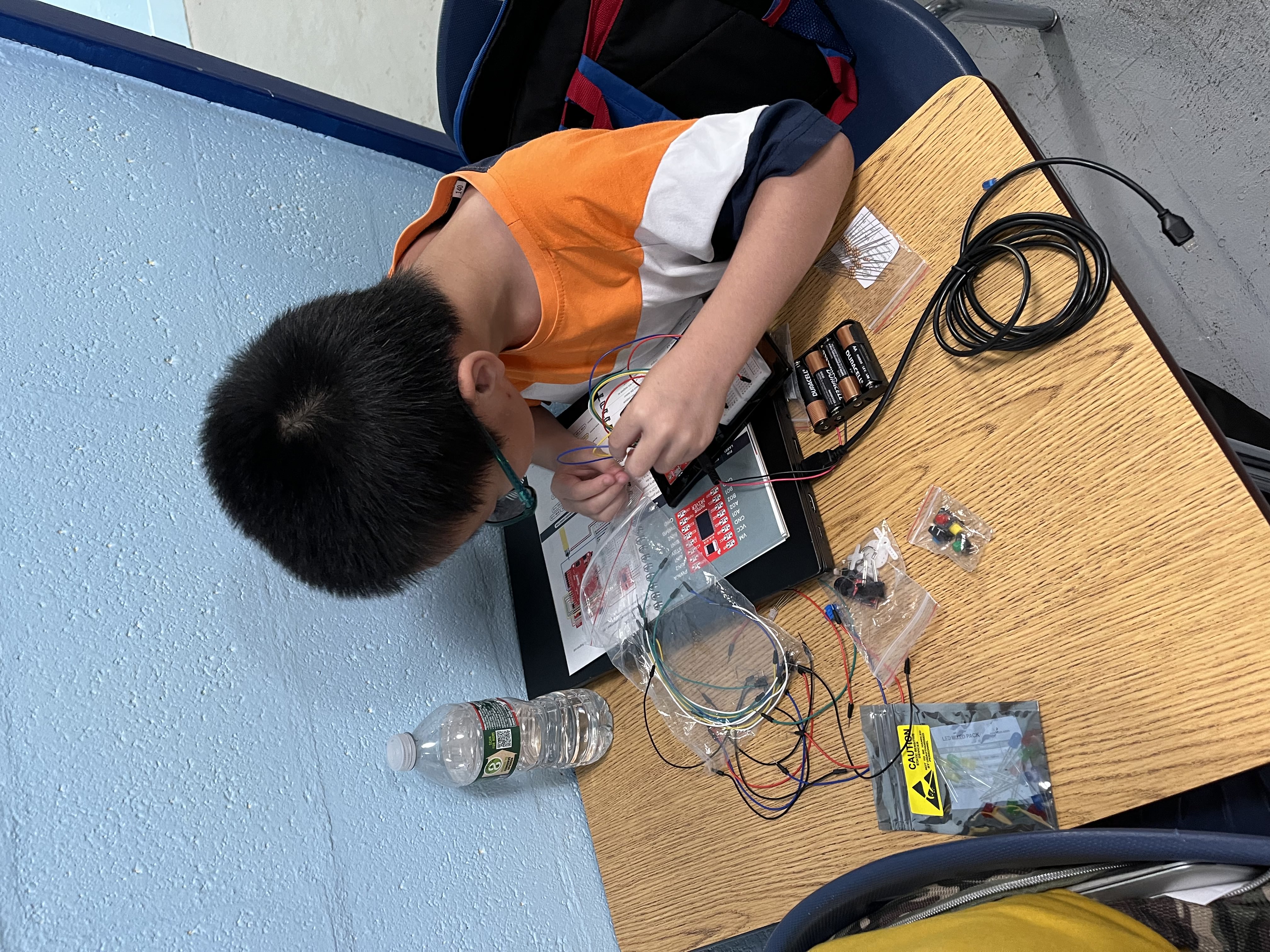


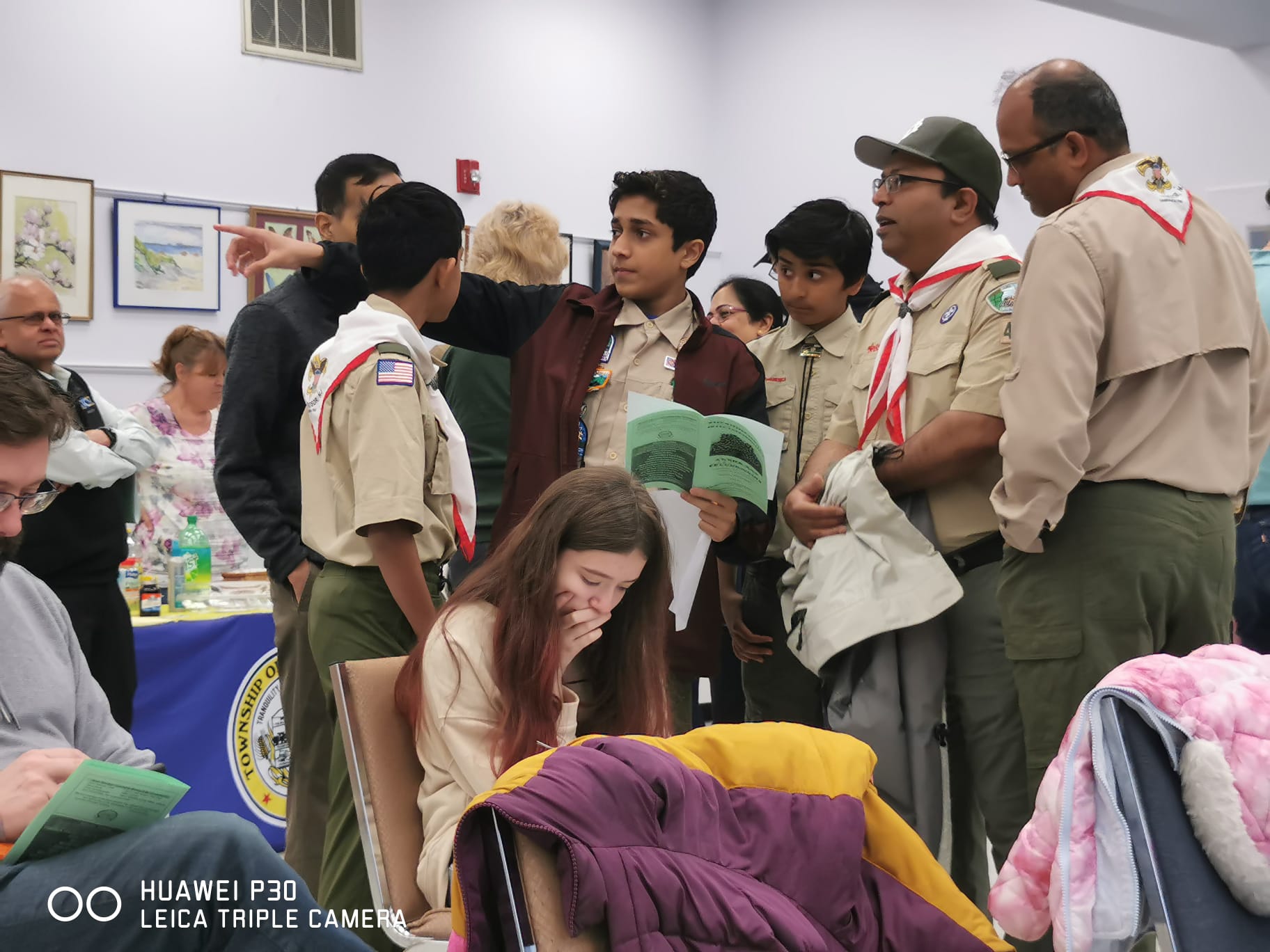
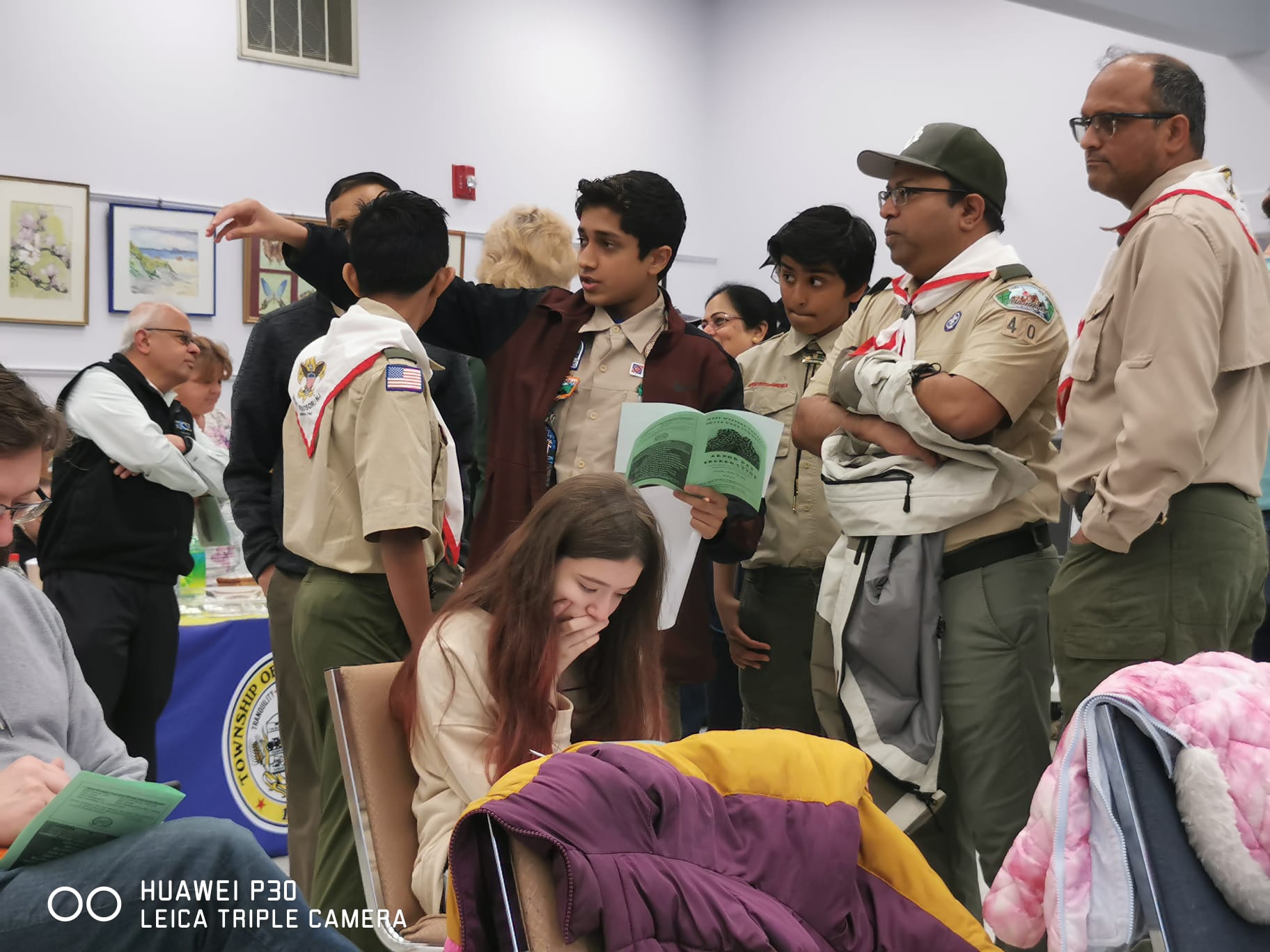
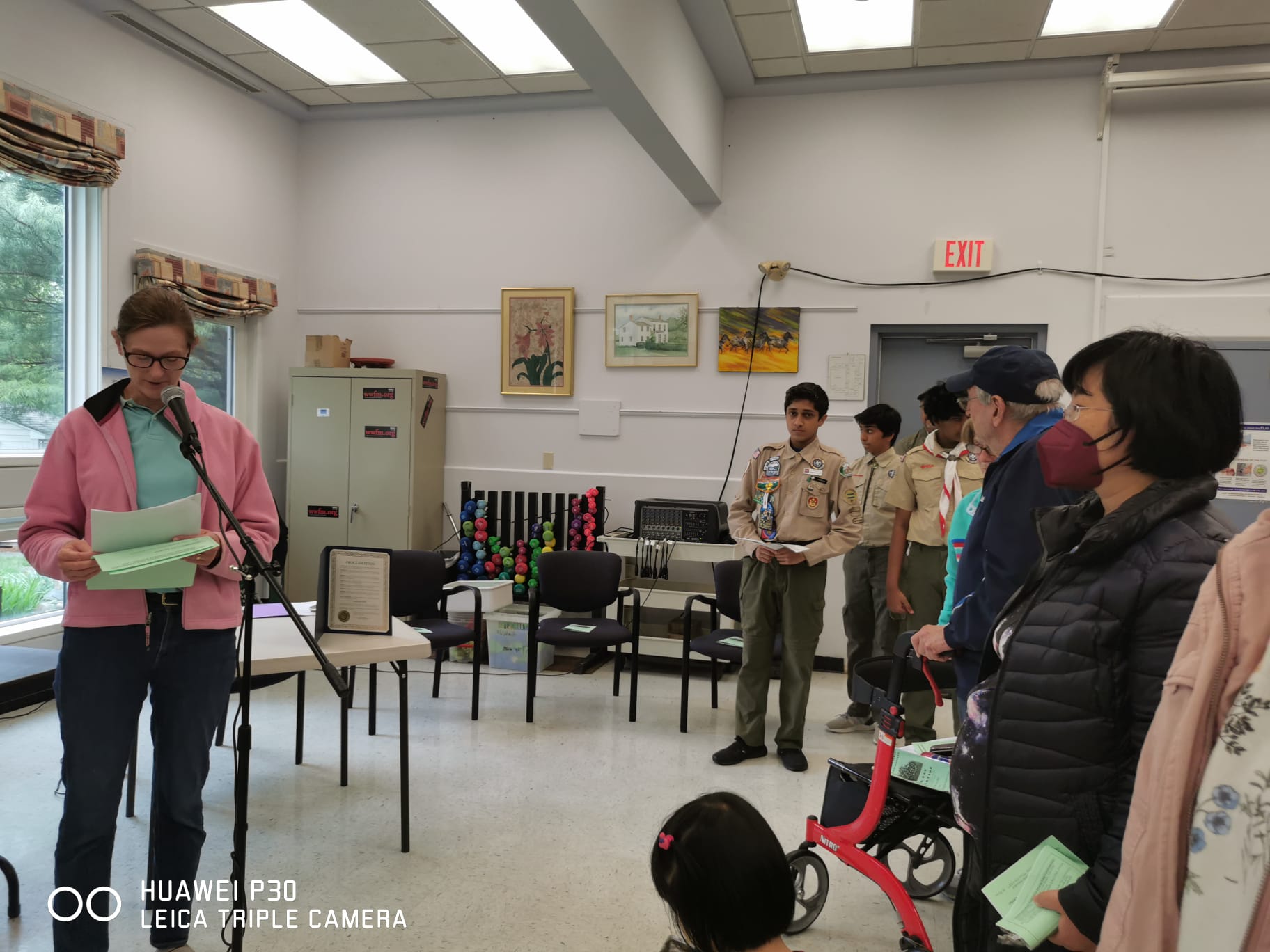
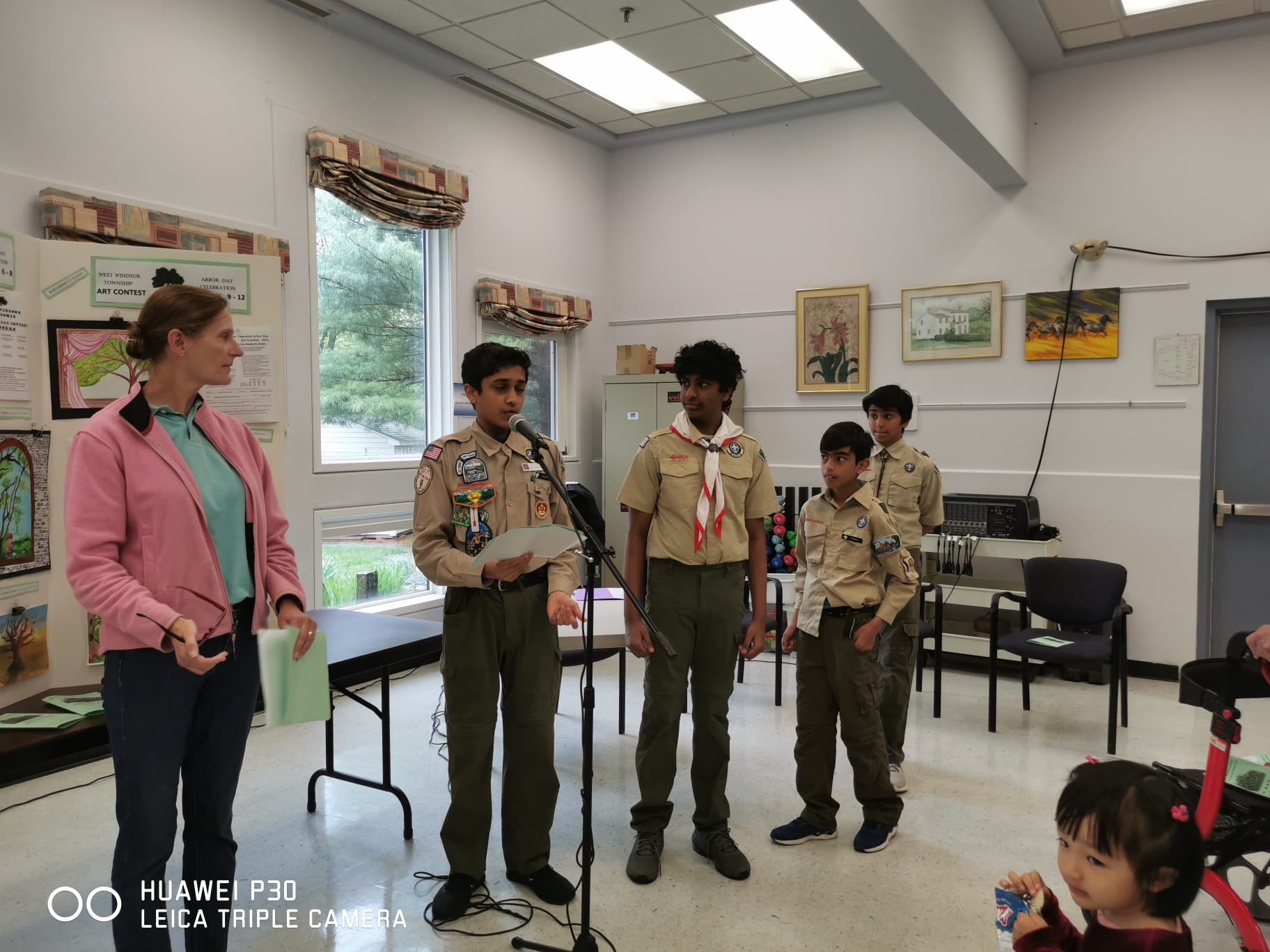
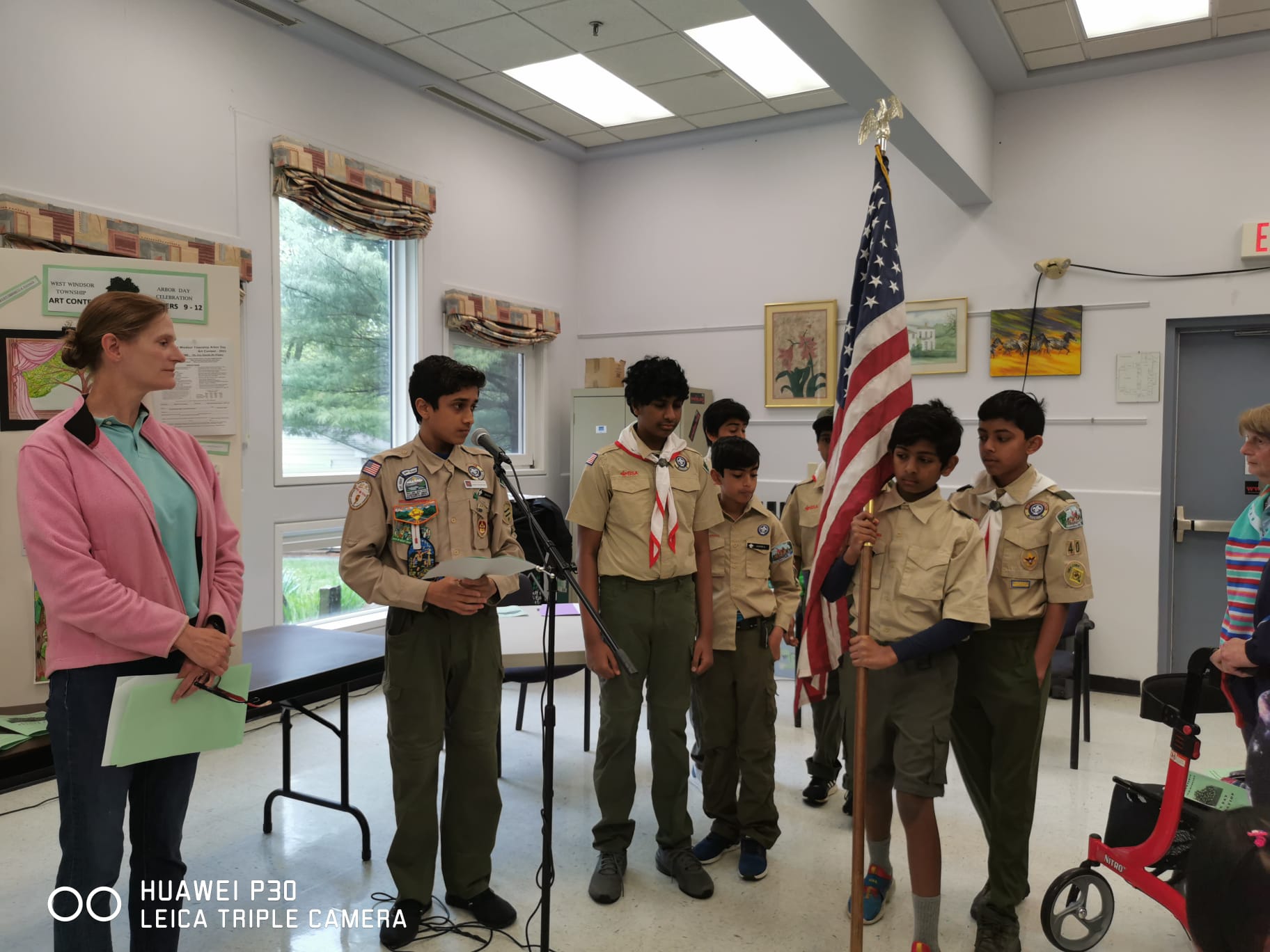

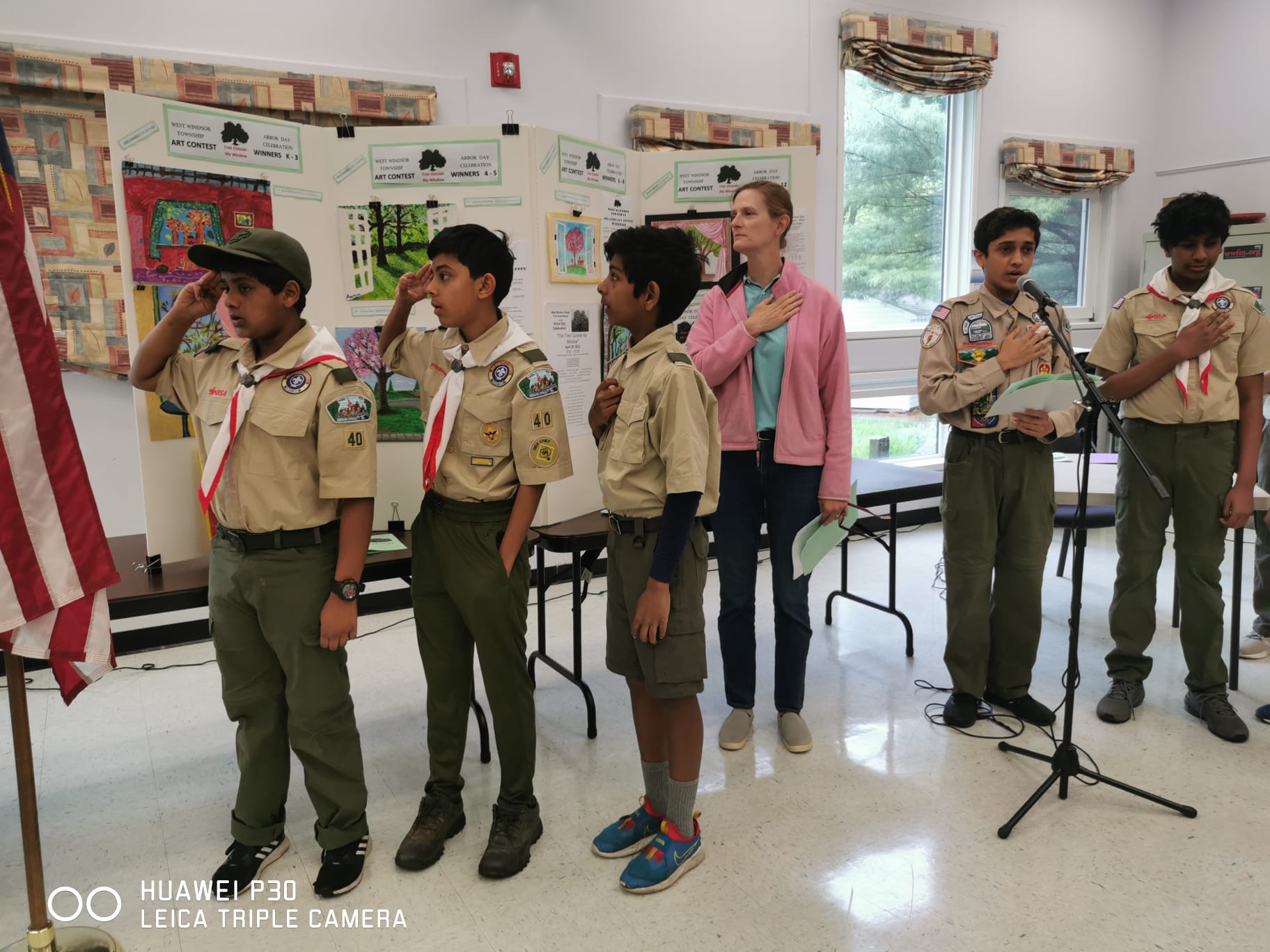
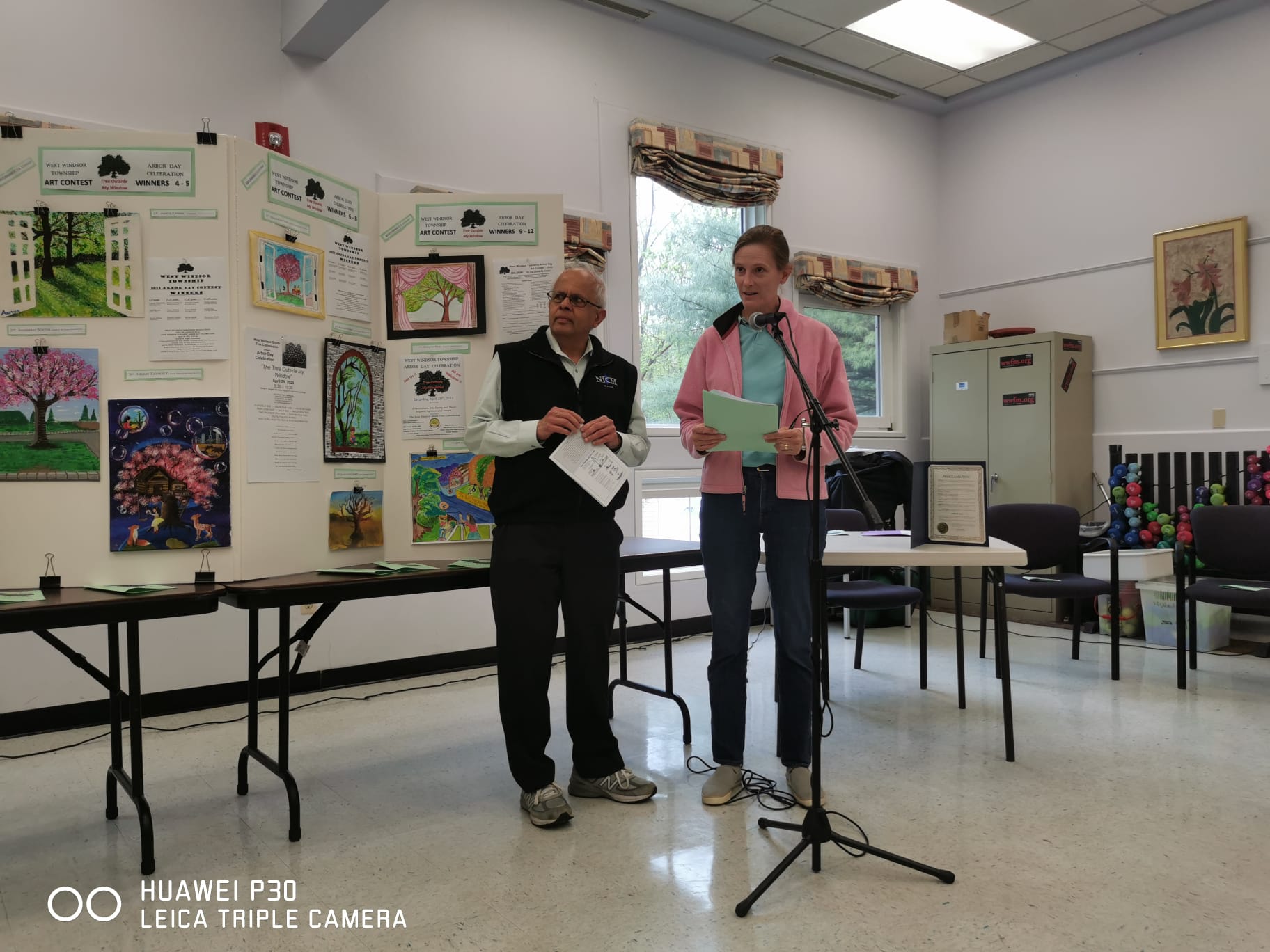
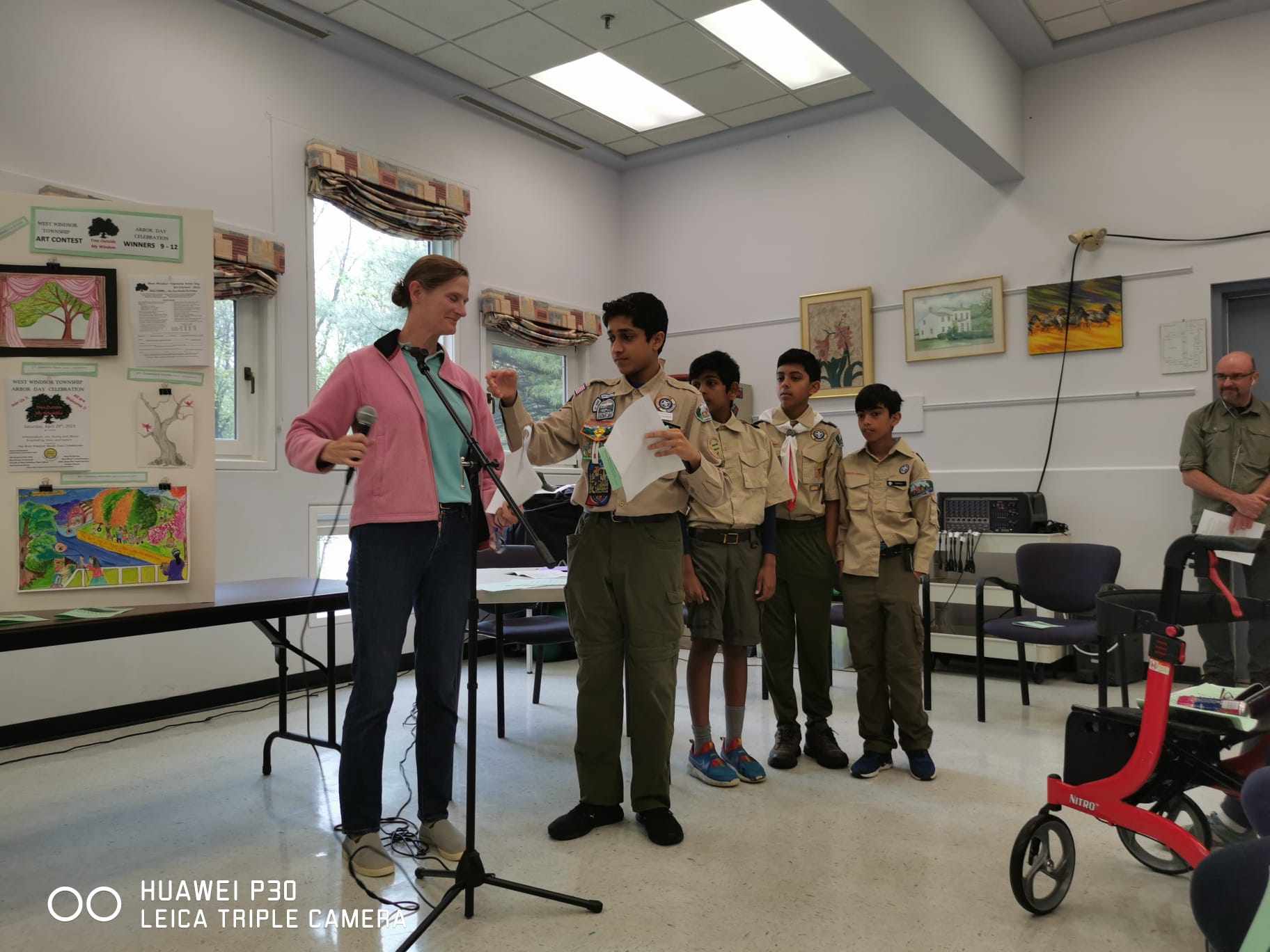
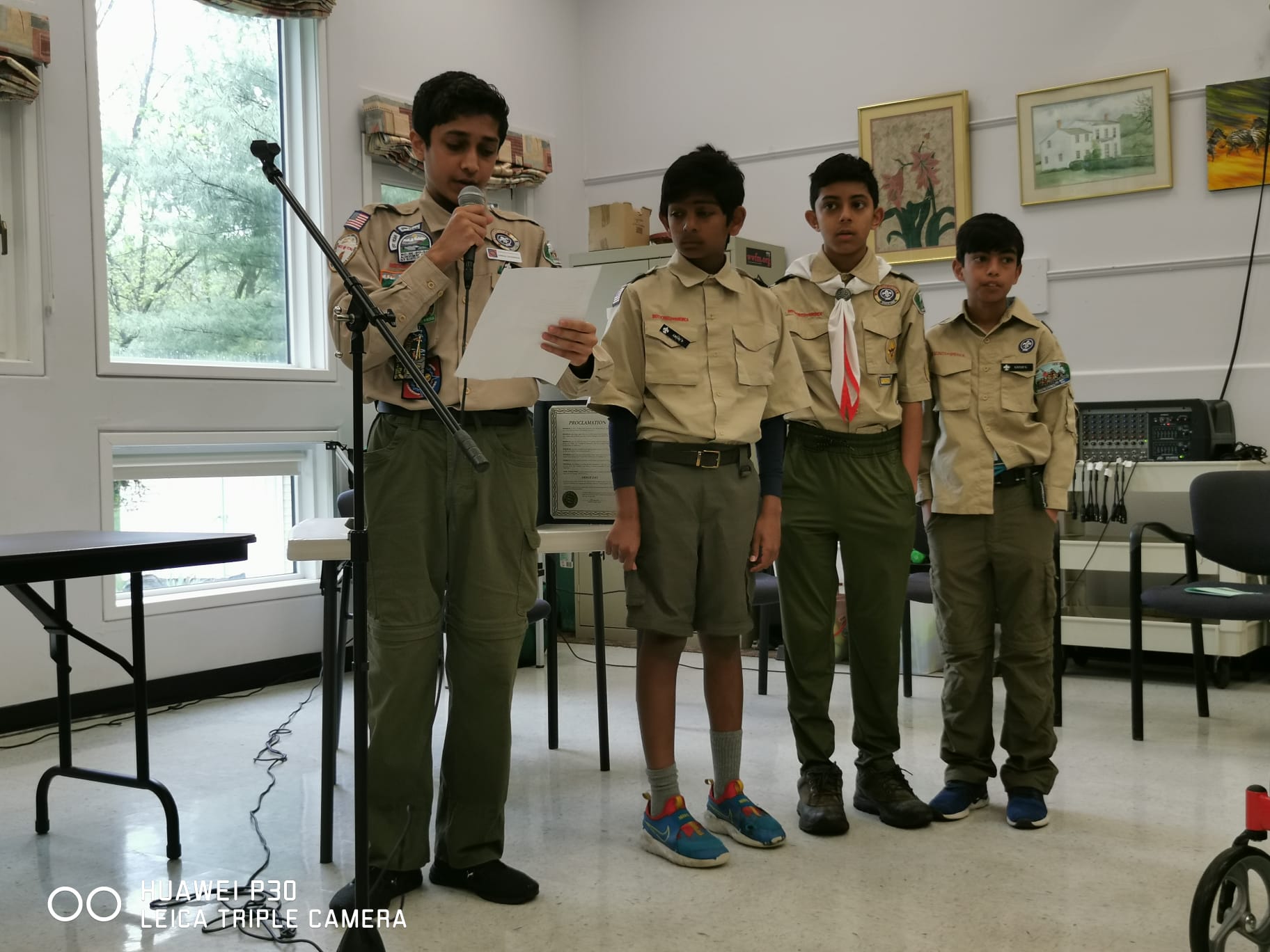
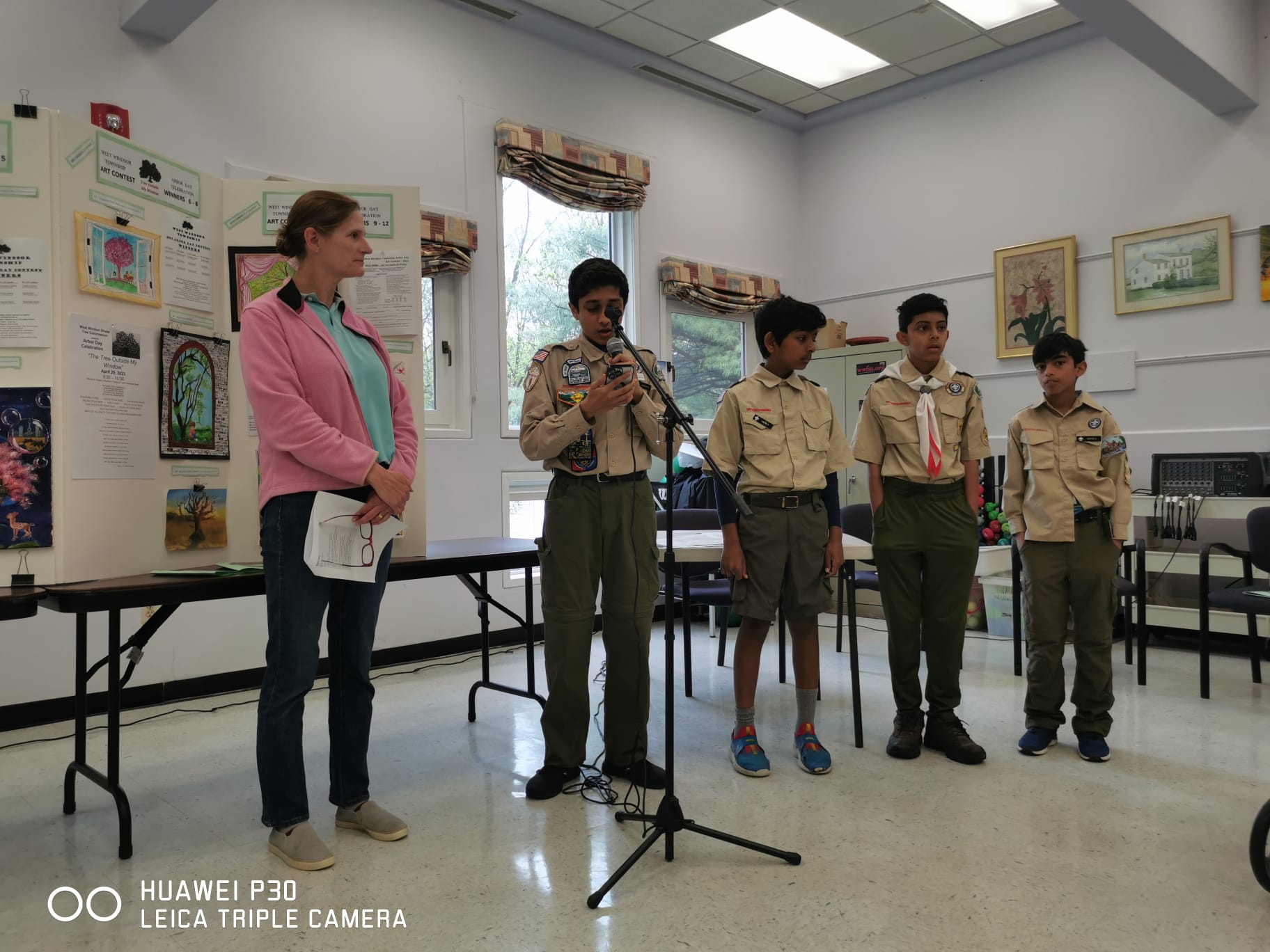

.jpg)
.jpg)
.jpg)
.jpg)
.jpg)
.jpg)
.jpg)
.jpg)
.jpg)
.jpg)
